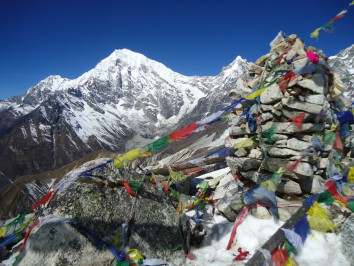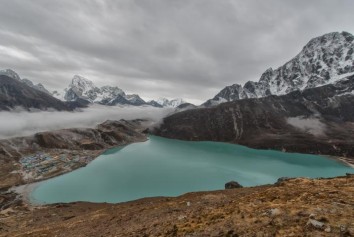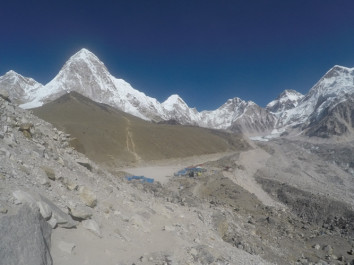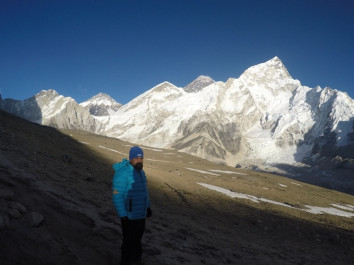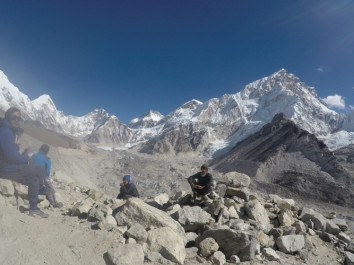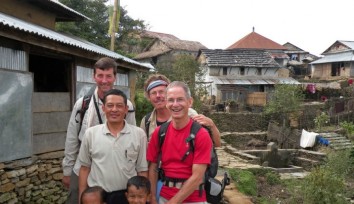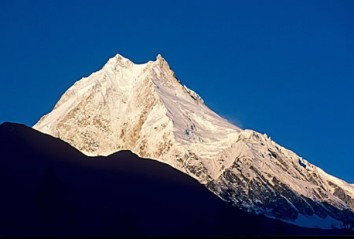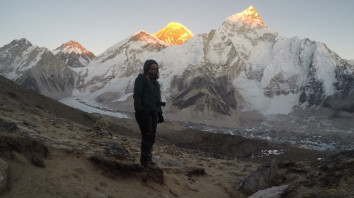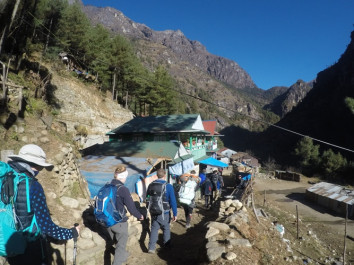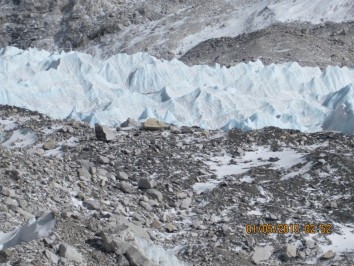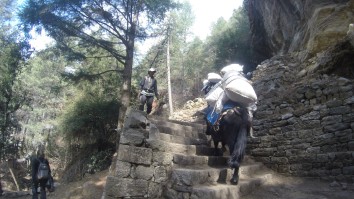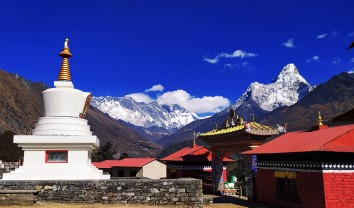Why trekking in Nepal?
Trekking in Nepal offers a unique opportunity to experience breathtaking landscapes, diverse cultures, and unparalleled adventure. With its vast Himalayan ranges, including the world's highest peak, Mount Everest, Nepal provides trekking routes suitable for all levels of trekkers, from beginners to experienced mountaineers. The country's rich cultural heritage, warm hospitality of its people, and the chance to immerse oneself in pristine nature make trekking in Nepal an unforgettable experience. Additionally, trekking in Nepal supports local communities and contributes to sustainable tourism development in the region.
Table of Contents
What is special about trekking?
Trekking offers a special blend of adventure, physical challenge, and immersion in nature that few other activities can match. It provides an opportunity to explore remote and breathtaking landscapes, encounter diverse cultures, and challenge oneself both mentally and physically. Trekking allows individuals to disconnect from the hustle and bustle of daily life, reconnect with nature, and gain a deeper appreciation for the world around them. It fosters camaraderie and friendship among fellow trekkers and creates memories that last a lifetime. Overall, trekking is special because it offers a transformative experience that rejuvenates the mind, body, and soul.
Why do you want to trek?
As an AI, I don't have personal desires or motivations. However, I can share reasons why people may want to trek. Many individuals trek for various reasons, including:
1. Adventure: Trekking offers the thrill of exploring new and remote landscapes, encountering wildlife, and overcoming challenges along the way.
2. Nature and Scenery: Trekking provides an opportunity to immerse oneself in stunning natural environments, such as mountains, forests, and valleys, and appreciate the beauty of the natural world.
3. Physical Challenge: Trekking can be physically demanding, offering a chance to push one's limits, improve fitness levels, and achieve personal goals.
4. Cultural Experience: Trekking often involves passing through remote villages and encountering diverse cultures, allowing trekkers to learn about local customs, traditions, and lifestyles.
5. Solitude and Reflection: Trekking provides a chance to disconnect from technology and the stresses of daily life, offering solitude and quietude for introspection and reflection.
6. Social Interaction: Trekking can be a social activity, offering opportunities to meet like-minded individuals from around the world and forge new friendships.
7. Personal Growth: Trekking challenges individuals mentally and emotionally, fostering resilience, self-confidence, and a sense of accomplishment.
Overall, people trek for a combination of adventure, exploration, physical activity, cultural immersion, and personal fulfillment.
Why is trekking done?
Trekking is done for various reasons, including:
Exploration: Trekking allows individuals to explore remote and untouched landscapes, discovering new trails, mountains, and natural wonders.
Adventure: Trekking offers an adventurous experience, with challenges such as steep ascents, rugged terrain, and unpredictable weather adding excitement to the journey.
Physical Fitness: Trekking is a great way to stay physically active and improve cardiovascular health, strength, and endurance through walking, hiking, and climbing.
Nature Appreciation: Trekking provides an opportunity to immerse oneself in nature, appreciating the beauty of landscapes, flora, and fauna, and connecting with the natural world.
Cultural Experience: Trekking often involves passing through local villages and communities, allowing trekkers to experience different cultures, traditions, and lifestyles firsthand.
Mental Wellness: Trekking offers a chance to disconnect from the stresses of modern life, providing solitude and quietude for relaxation, meditation, and mental rejuvenation.
Personal Challenge: Trekking challenges individuals mentally and emotionally, pushing them out of their comfort zones, fostering resilience, self-confidence, and personal growth.
Overall, trekking is done for a combination of adventure, exploration, physical activity, cultural immersion, and personal fulfillment.
What is trekking and its importance?
Trekking refers to the activity of hiking or walking through natural landscapes, typically in mountainous or wilderness areas. It involves traversing trails, paths, or rugged terrain, often over an extended period, with the goal of reaching specific destinations or enjoying the journey itself. Trekking can range from leisurely day hikes to multi-day expeditions involving camping and wilderness survival skills.
The importance of trekking lies in its numerous physical, mental, and social benefits:
Physical Fitness: Trekking is an excellent form of exercise, promoting cardiovascular health, muscle strength, flexibility, and endurance through walking, climbing, and navigating varied terrain.
Mental Wellness: Trekking provides an opportunity to disconnect from the stresses of daily life, offering solitude, relaxation, and mental rejuvenation amidst natural beauty. It can reduce stress, anxiety, and depression while enhancing mood and overall well-being.
Adventure and Exploration: Trekking allows individuals to explore remote and pristine landscapes, discovering hidden trails, majestic mountains, and breathtaking vistas. It offers an adventurous experience filled with challenges, excitement, and opportunities for discovery.
Cultural Immersion: Trekking often involves traversing through diverse cultural landscapes, encountering local communities, traditions, and lifestyles. It offers a chance to learn about different cultures, interact with locals, and gain a deeper understanding of the world.
Personal Growth: Trekking challenges individuals both physically and mentally, pushing them out of their comfort zones and fostering resilience, self-confidence, and personal growth. It encourages problem-solving, adaptability, and a sense of accomplishment.
Environmental Awareness: Trekking promotes environmental stewardship and appreciation for nature, fostering a deeper connection with the natural world and encouraging responsible outdoor practices such as Leave No Trace principles.
Social Interaction: Trekking can be a social activity, providing opportunities to bond with friends, family, or fellow trekkers, share experiences, and forge lasting friendships. It offers a sense of community and camaraderie among outdoor enthusiasts.
Overall, trekking is an enriching and fulfilling activity that offers numerous physical, mental, and social benefits while fostering a deeper connection with nature and the world around us.
Is trekking in Nepal expensive?
Trekking in Nepal can vary in cost depending on factors such as the duration, route, level of comfort desired, and whether you choose to go independently or with a trekking agency. While trekking in Nepal can be affordable compared to similar adventures in other parts of the world, costs can still add up due to permits, guide and porter fees, accommodation, food, and transportation.
For budget-conscious travelers, it's possible to keep costs relatively low by opting for basic accommodations, carrying your own gear, and sticking to local teahouses for meals. However, for those seeking more comfort and convenience, such as hiring a guide or porter, staying in higher-end lodges or hotels, or choosing customized itineraries, costs can increase significantly.
Who started trekking in Nepal?
Trekking in Nepal gained popularity in the mid-20th century, largely due to the efforts of mountaineers and explorers who were drawn to the country's majestic Himalayan peaks. One of the pioneers in promoting trekking in Nepal was Colonel Jimmy Roberts, a British Gurkha officer and mountaineer, who is often credited with introducing organized trekking to the region in the late 1960s.
Roberts, along with his Sherpa friend Ang Nyima Sherpa, developed the concept of teahouse trekking, where trekkers could stay in local teahouses or lodges along the trails instead of camping. This made trekking more accessible to a wider audience and contributed to the growth of trekking tourism in Nepal.
Additionally, the successful ascent of Mount Everest by Sir Edmund Hillary and Tenzing Norgay in 1953 brought international attention to Nepal's Himalayas, further fueling interest in trekking and mountaineering in the region.
Since then, trekking has become a major economic activity and a popular adventure tourism pursuit in Nepal, attracting thousands of trekkers from around the world each year.
How many trekking peaks are there in Nepal?
Nepal is home to numerous trekking peaks, which are mountains that are suitable for climbing by trekkers with some mountaineering experience. While the number of officially designated trekking peaks may vary over time, as of my last update, there are over 30 trekking peaks in Nepal that have been opened for climbing under the Nepal Mountaineering Association (NMA) permit system. Some of the popular trekking peaks in Nepal include Island Peak, Mera Peak, Lobuche Peak, and Pisang Peak, among others.
Trekking vs hiking
Trekking and hiking are both outdoor activities that involve walking in natural landscapes, but there are some differences between the two:
Duration and Intensity: Trekking typically refers to multi-day journeys, often in remote or mountainous regions, and may involve more challenging terrain and higher altitudes. Hiking, on the other hand, is usually a day trip or shorter excursion, and the terrain and altitude may be less demanding.
Equipment and Logistics: Trekking often requires more extensive preparation and gear, such as overnight camping equipment, navigation tools, and possibly mountaineering gear for higher altitudes. Hiking usually requires less equipment and logistics, often just sturdy footwear, appropriate clothing, water, and snacks.
Purpose and Experience: Trekking is often seen as a more immersive and adventurous experience, with the goal of exploring remote wilderness areas, encountering diverse cultures, and challenging oneself physically and mentally. Hiking is typically more casual and recreational, with the focus on enjoying nature, exercise, and relaxation.
Trekking Sunglasses, Sunscream, sandle
When trekking and staying in lodges along the way, it's essential to pack items to protect yourself from the sun and ensure comfort during your journey. Here are some suggestions for trekking sunglasses, sunscreen, and sandals:
1. Trekking Sunglasses:
- Choose sunglasses that offer UV protection to shield your eyes from harmful sun rays, especially at high altitudes where UV exposure is more intense.
- Look for sunglasses with polarized or anti-glare lenses to reduce glare from snow, water, and reflective surfaces, enhancing visibility and reducing eye strain.
- Consider sunglasses with wraparound frames or side shields to provide maximum coverage and protection from wind, dust, and debris.
- Opt for lightweight and durable sunglasses with scratch-resistant lenses that can withstand outdoor activities and rough terrain.
2. Sunscreen:
- Pack a broad-spectrum sunscreen with a high SPF (Sun Protection Factor) to protect your skin from both UVA and UVB rays.
- Choose a water-resistant sunscreen formula that will stay effective even if you sweat or encounter rain during your trek.
- Look for sunscreen products specifically designed for outdoor activities, which may offer features such as quick absorption, non-greasy texture, and sweat resistance.
- Apply sunscreen generously to all exposed skin, including your face, neck, arms, and legs, and reapply regularly throughout the day, especially after sweating or swimming.
3. Sandals or Flip-Flops:
- Bring lightweight and comfortable sandals or flip-flops to wear around the lodge after a long day of trekking.
- Choose sandals with adjustable straps and cushioned footbeds for a secure and comfortable fit, as well as arch support and shock-absorbing soles for added comfort.
- Look for sandals made from quick-drying materials that can handle exposure to water or moisture, such as synthetic materials or water-friendly leather.
- Consider sandals with non-slip or textured outsoles to provide traction on wet or slippery surfaces, ensuring stability and safety while walking around the lodge.
By packing trekking sunglasses, sunscreen, and sandals, you'll be well-prepared to protect yourself from the sun's rays and stay comfortable during your trekking journey, both on the trail and while relaxing at lodges along the way.
Trekking Down Jacket
A trekking down jacket is a versatile and essential piece of outerwear designed to provide lightweight warmth and insulation during trekking adventures in cold weather conditions. Here are some key features to consider when choosing a trekking down jacket:
1. Insulation: Down jackets are filled with either natural down or synthetic insulation. Down insulation, typically made from the plumage of geese or ducks, offers exceptional warmth-to-weight ratio, compressibility, and durability. Look for jackets filled with high-quality down with a high fill power rating for maximum warmth and loft.
2. Fill Power: Fill power measures the quality and loftiness of the down insulation. Higher fill power indicates superior insulation properties and compressibility. Look for jackets with a fill power rating of 600 or higher for optimal warmth and performance.
3. Weight and Packability: Trekking down jackets should be lightweight and compressible for easy packing and transport on the trail. Look for jackets made from lightweight materials and high-fill-power down insulation that provide warmth without adding excess bulk to your pack.
4. Construction: Consider the jacket's construction features, such as baffles, stitching, and quilting patterns, which can affect warmth retention and durability. Baffles help prevent cold spots by keeping insulation in place, while stitched-through baffles or box-wall construction provide even distribution of down for consistent warmth.
5. Outer Shell: The outer shell of the jacket should be made from durable and water-resistant materials to provide protection against moisture, wind, and abrasion. Look for jackets with a DWR (durable water repellent) finish or water-resistant treatments to shed light rain and snow.
6. Features: Look for additional features that enhance comfort, functionality, and versatility, such as adjustable hoods, cuffs, and hem for sealing out cold air; zippered pockets for storing essentials; and packable designs with stuff sacks for convenient storage and transport.
7. Fit: Choose a down jacket with a tailored fit that allows freedom of movement without excess bulk or restriction. Consider jackets with articulated sleeves, longer hemlines, and adjustable features for a customizable fit and maximum comfort on the trail.
Overall, selecting a trekking down jacket requires consideration of factors such as insulation type, fill power, weight, packability, construction, features, and fit to ensure optimal warmth, comfort, and performance during outdoor adventures in cold weather.
Trekking sleeping bag
A sleeping bag rated for -20 degrees Celsius (or -4 degrees Fahrenheit) is designed to provide insulation and warmth in very cold conditions, making it suitable for use in harsh winter environments or at high altitudes where temperatures can drop significantly. Here are some key features to consider when choosing a sleeping bag rated for -20°C:
1. Temperature Rating: Ensure that the sleeping bag has a temperature rating of at least -20°C (-4°F) or lower to provide adequate warmth in cold conditions. It's important to note that temperature ratings can vary between manufacturers, so consider factors such as insulation type, fill power, and construction to determine the bag's true temperature performance.
2. Insulation Type: Sleeping bags rated for -20°C typically use high-loft insulation to trap body heat and provide warmth. Common insulation types include down and synthetic insulation. Down insulation offers excellent warmth-to-weight ratio and compressibility but may lose insulation properties when wet. Synthetic insulation, while bulkier and heavier, retains insulation when wet and dries faster.
3. Fill Power: For down sleeping bags, look for a high fill power rating, which indicates the quality and loftiness of the down insulation. Higher fill power down provides better warmth-to-weight ratio and compressibility, making it ideal for cold-weather sleeping bags.
4. Construction: Consider the sleeping bag's construction features, such as baffles, draft tubes, and hood design, which can affect warmth retention and comfort. Baffles help prevent cold spots by keeping insulation in place, while draft tubes along the zipper and a well-fitted hood minimize heat loss.
5. Size and Weight: While warmth is crucial, consider the size and weight of the sleeping bag, especially if you'll be carrying it on backpacking trips or expeditions. Look for lightweight and compressible options that won't add unnecessary bulk to your pack.
6. Durability: Choose a sleeping bag made from durable materials with reinforced stitching and water-resistant outer fabrics to withstand the rigors of outdoor use and provide long-lasting performance.
7. Comfort Features: Additional features such as a zippered foot box for ventilation, stash pockets for storing essentials, and a DWR (durable water repellent) finish for moisture protection can enhance comfort and functionality in cold-weather conditions.
Overall, selecting a sleeping bag rated for -20°C requires careful consideration of factors such as insulation type, construction, size, weight, and durability to ensure warmth, comfort, and performance in extreme cold environments.
Trekking Shoes
Trekking shoes, also known as hiking shoes or boots, are specialized footwear designed to provide comfort, support, and protection for trekkers and hikers navigating various terrains and conditions. Here are some key features to consider when choosing trekking shoes:
1. Support: Trekking shoes should offer ample support for your feet and ankles, especially when navigating uneven terrain or carrying a heavy backpack. Look for shoes with a supportive midsole and ankle collar to help prevent sprains and injuries.
2. Traction: Good traction is essential for trekking shoes to provide stability and grip on different surfaces, including rocky trails, muddy paths, and slippery slopes. Choose shoes with a durable outsole made of high-quality rubber with aggressive lugs for optimal traction.
3. Waterproofing: Depending on the conditions you'll be trekking in, waterproofing can be crucial for keeping your feet dry and comfortable. Look for trekking shoes with a waterproof membrane such as Gore-Tex® or eVent® to prevent water from seeping in while allowing moisture to escape.
4. Breathability: While waterproofing is essential for wet conditions, breathability is equally important to prevent your feet from becoming sweaty and overheated, especially in warm weather. Consider shoes with breathable materials such as mesh panels or breathable linings to promote airflow and ventilation.
5. Durability: Trekking shoes should be built to withstand the rigors of outdoor use, including rough terrain, abrasive surfaces, and extended wear. Look for shoes made of high-quality materials such as full-grain leather, synthetic overlays, and reinforced stitching for durability and longevity.
6. Fit: Proper fit is crucial for trekking shoes to provide comfort and prevent blisters or hot spots. Ensure that the shoes fit snugly but comfortably, with enough room in the toe box to wiggle your toes and prevent overcrowding. Consider trying on shoes in the afternoon when your feet are slightly swollen to ensure the best fit.
7. Weight: Lightweight trekking shoes can reduce fatigue and improve agility on the trail, especially during long treks or multi-day expeditions. Look for shoes with a balance of lightweight construction and durable materials to maximize performance without sacrificing durability.
Ultimately, the best trekking shoes for you will depend on factors such as your trekking style, terrain, weather conditions, and personal preferences. Take the time to research and try on different options to find the shoes that offer the perfect combination of comfort, support, and performance for your outdoor adventures.
Trekking bag
A trekking bag, also known as a backpack or rucksack, is a crucial piece of gear for any trekking adventure. It's designed to carry all the necessary items for your trek comfortably and efficiently. Here are some key features and considerations when choosing a trekking bag:
1. Capacity: Trekking bags come in various sizes measured in liters, indicating how much gear they can hold. The appropriate capacity depends on factors such as the duration of your trek, the season, and your personal preferences. For multi-day treks, a capacity of 40-70 liters is typical.
2. Comfort and Fit: Look for a trekking bag with adjustable shoulder straps, padded hip belts, and a supportive back panel to distribute weight evenly and reduce strain on your shoulders and back. Make sure to try on the bag and adjust the straps to ensure a proper fit before purchasing.
3. Features: Consider additional features such as multiple compartments for organization, external attachment points for trekking poles or ice axes, hydration bladder compatibility, and rain covers or built-in waterproofing for protection against the elements.
4. Durability: Choose a trekking bag made from durable materials such as nylon or polyester, with reinforced stitching and sturdy zippers to withstand the rigors of outdoor use and varying weather conditions.
5. Weight: Opt for a lightweight trekking bag to minimize the overall weight you'll be carrying on your trek, especially if you'll be hiking long distances or over challenging terrain.
6. Ventilation: Look for a trekking bag with breathable materials and ventilation channels in the back panel to reduce sweating and keep you cool and comfortable during your trek.
7. Accessibility: Consider the ease of access to your gear, with features such as front-loading or top-loading designs, zippered pockets, and compartments for storing essential items within reach.
Ultimately, choosing the right trekking bag is a personal decision based on factors such as your trekking style, preferences, and specific needs. Take the time to research and try out different options to find the one that best suits your requirements for your next adventure.
Trekking mountain
Trekking mountains refers to the activity of hiking or walking in mountainous terrain, often along established trails or routes. Trekking mountains can range from relatively easy day hikes to more challenging multi-day expeditions, depending on factors such as the altitude, terrain, and duration of the trek.
Trekking mountains offer opportunities to explore stunning natural landscapes, including towering peaks, deep valleys, glaciers, and alpine meadows. It provides a chance to immerse oneself in the beauty of the mountains, witness breathtaking vistas, and experience the unique flora and fauna of high-altitude environments.
Trekking mountains also presents challenges such as altitude sickness, rugged terrain, and changing weather conditions, requiring proper preparation, physical fitness, and outdoor skills. However, the rewards of trekking mountains are numerous, including a sense of accomplishment, personal growth, and a deeper connection with nature.
Popular trekking mountains destinations around the world include the Himalayas in Nepal, the Andes in South America, the Alps in Europe, and the Rockies in North America, among others. Whether you're a seasoned mountaineer or a novice hiker, trekking mountains offers an unforgettable adventure and a chance to explore some of the most spectacular landscapes on Earth.
Types of trekking
There are several types of trekking, each offering unique experiences and challenges. Some common types of trekking include:
Tea House Trekking: Also known as lodge trekking, tea house trekking involves staying in local teahouses or guesthouses along the trekking route. Trekkers typically eat meals at these teahouses and enjoy basic accommodation facilities, making it a convenient and affordable option.
Camping Trekking: Camping trekking involves carrying all necessary camping gear, including tents, sleeping bags, and cooking equipment, and camping at designated campsites along the trekking route. This type of trekking offers more flexibility in terms of itinerary and allows trekkers to immerse themselves fully in remote wilderness areas.
High-Altitude Trekking: High-altitude trekking involves trekking in mountainous regions at elevations above 3,000 meters (10,000 feet). It requires acclimatization to prevent altitude sickness and may involve trekking on glaciers or snow-covered terrain.
Wilderness Trekking: Wilderness trekking takes place in remote and undeveloped areas, away from established trails and infrastructure. It often involves bushwhacking through dense vegetation, crossing rivers, and navigating challenging terrain.
Cultural Trekking: Cultural trekking focuses on exploring traditional cultures, customs, and lifestyles of indigenous communities along the trekking route. Trekkers have the opportunity to visit local villages, interact with residents, and learn about their way of life.
Peak Climbing Trekking: Peak climbing trekking combines trekking with mountaineering, allowing trekkers to summit smaller peaks or trekking peaks (peaks below 7,000 meters) along the trekking route. It requires technical climbing skills and may involve using ropes, harnesses, and other climbing equipment.
Multi-Day Trekking: Multi-day trekking involves trekking over several days, typically ranging from a few days to several weeks. Trekkers carry all necessary gear and supplies and camp or stay in lodges along the route.
Day Hiking: Day hiking involves short treks lasting a day or less, usually returning to the starting point by the end of the day. It's a popular activity for exploring local trails, enjoying nature, and getting exercise without the need for overnight camping.
These are just a few examples of the many types of trekking available worldwide. The type of trekking you choose will depend on factors such as your preferences, fitness level, experience, and the destination you wish to explore.
Trekking in Kathmandu
While Kathmandu is primarily known as a cultural and historical hub in Nepal, there are also opportunities for trekking and hiking in and around the Kathmandu Valley. Some popular trekking and hiking destinations near Kathmandu include:
1. Shivapuri National Park: Located just north of Kathmandu, Shivapuri National Park offers several trekking trails ranging from easy day hikes to longer multi-day treks. Highlights include Shivapuri Peak, Nagi Gompa (a Buddhist monastery), and panoramic views of the Kathmandu Valley.
2. Nagarjun Forest Reserve: Situated to the northwest of Kathmandu, Nagarjun Forest Reserve is another popular destination for day hikes and birdwatching. The trails wind through lush forests, offering opportunities to spot wildlife and enjoy views of the valley below.
3. Chandragiri Hills: Chandragiri Hills, located on the southwestern outskirts of Kathmandu, offers a cable car ride to the top of Chandragiri Hill, where visitors can enjoy panoramic views of the Himalayas, including views of Everest on clear days. There are also hiking trails available for those who prefer to trek downhill.
4. Phulchowki Hill: Phulchowki Hill, located southeast of Kathmandu, is the highest hill in the Kathmandu Valley and offers several trekking trails through rhododendron forests. The summit provides panoramic views of the valley and surrounding mountains.
5. Kakani: Kakani, located northwest of Kathmandu, is known for its scenic beauty and offers several trekking trails with views of the Ganesh Himal and Langtang Himalayan ranges.
These are just a few examples of trekking and hiking options near Kathmandu. Whether you're looking for a short day hike or a longer multi-day trek, there are plenty of opportunities to explore the natural beauty of the Kathmandu Valley and its surroundings.
The Journey Within: Exploring the Beauty of Trekking
Introduction:
Trekking, an ancient human pursuit, transcends mere physical exertion; it is a journey of self-discovery, exploration, and connection with nature. As one embarks on a trekking expedition, they step into a world of breathtaking landscapes, rugged terrain, and profound solitude. In this essay, we delve into the essence of trekking, exploring its physical, mental, and spiritual dimensions, and the transformative power it holds.
Body:
Physical Adventure:
Trekking offers an unparalleled physical adventure, challenging the limits of endurance and resilience. With each step, trekkers traverse diverse terrains – from lush forests and winding trails to towering mountains and icy glaciers. The ascent to higher altitudes presents a unique set of challenges, testing one's stamina and acclimatization to thinning air. Yet, amidst the physical exertion, there is an exhilarating sense of accomplishment as trekkers conquer steep inclines, navigate rocky paths, and push through fatigue to reach their destination.
Mental Resilience:
Beyond the physical demands, trekking is a test of mental resilience and fortitude. As trekkers confront obstacles and uncertainties along the trail – unpredictable weather, navigation challenges, or unexpected setbacks – they must draw upon inner strength and determination to persevere. In the solitude of the mountains, the mind finds clarity, free from the distractions of everyday life. It is a journey of self-reflection, where trekkers confront their fears, overcome self-doubt, and discover newfound confidence in their abilities.
Spiritual Connection:
Trekking fosters a deep spiritual connection with nature, offering moments of profound awe and reverence for the natural world. Amidst the grandeur of towering peaks, cascading waterfalls, and vast expanses of wilderness, trekkers experience a sense of humility and insignificance in the face of nature's majesty. The rhythmic cadence of footsteps becomes a meditative practice, grounding one in the present moment and fostering a profound sense of peace and tranquility.
Communion with Community:
While trekking often entails solitary moments of introspection, it also fosters a sense of community and camaraderie among fellow trekkers. Whether sharing stories around a campfire, offering support on challenging ascents, or celebrating together at the summit, trekkers forge bonds that transcend language and cultural barriers. In the shared pursuit of adventure, strangers become companions, united by a common passion for exploration and discovery.
Conclusion:
In the heart of every trek lies a transformative journey – a journey of physical adventure, mental resilience, spiritual connection, and communal solidarity. Trekking beckons us to venture beyond the confines of our comfort zones, to explore the untamed beauty of the natural world, and to discover the boundless depths of our own inner strength and resilience. As we embark on this journey, we are reminded that the true essence of trekking lies not in reaching the summit but in the journey itself – a journey of self-discovery, exploration, and connection with the world around us.
What do you mean by trekking?
Trekking refers to the activity of walking or hiking over long distances, typically on trails or paths in natural environments such as mountains, forests, or wilderness areas. Trekking can vary in duration, difficulty, and terrain, ranging from short day hikes to multi-day expeditions covering vast distances and challenging landscapes.
Trekking is often undertaken for recreational, adventure, or exploration purposes, allowing individuals to immerse themselves in nature, enjoy physical exercise, and discover new destinations. It offers opportunities to explore remote and pristine landscapes, encounter wildlife, and appreciate the beauty of the natural world.
Trekking may involve carrying a backpack with essentials such as food, water, clothing, navigation tools, and camping equipment for overnight stays. Depending on the destination and duration, trekkers may camp in tents, stay in mountain lodges or teahouses, or even sleep under the stars.
What is the difference between hiking and trekking?
While hiking and trekking are both outdoor activities that involve walking in natural landscapes, there are some differences between the two:
1. Duration and Intensity:
- Hiking: Hiking typically refers to shorter, more casual walks in natural environments, often lasting a few hours to a full day. Hiking trails may be well-marked and maintained, and the terrain is usually moderate, with gentle slopes and fewer obstacles.
- Trekking: Trekking, on the other hand, generally involves longer journeys over multiple days or weeks, covering greater distances and often more challenging terrain. Nepal trekking routes may traverse remote wilderness areas, rugged mountains, or high-altitude regions, requiring more endurance and preparation.
2. Equipment and Gear:
- Hiking: Hiking usually requires minimal equipment, such as sturdy footwear, weather-appropriate clothing, water, snacks, and perhaps a small daypack for carrying essentials.
- Trekking: Trekking often requires more specialized gear and equipment, including a larger backpack or rucksack to carry camping gear, food, water, clothing layers, navigation tools, first-aid supplies, and possibly camping equipment such as tents and sleeping bags.
3. Intensity and Difficulty:
- Hiking: Hiking trails are typically well-defined and may range from easy to moderate difficulty, suitable for people of various fitness levels. Hiking is often seen as a recreational activity focused on enjoying nature and getting exercise.
- Trekking: Trekking routes can vary widely in difficulty, from relatively moderate trails to challenging expeditions involving high altitude, rugged terrain, and long distances. Trekking requires more physical endurance, stamina, and preparation compared to hiking.
4. Purpose and Experience:
- Hiking: Hiking is often undertaken for recreational purposes, such as enjoying nature, exploring local trails, and getting exercise. It may be done alone, with friends, or as part of organized group outings.
- Trekking: Trekking is usually seen as a more adventurous and immersive experience, often involving exploration of remote wilderness areas, cultural encounters with local communities, and challenging oneself both physically and mentally. Trekking may offer opportunities for personal growth, self-discovery, and connection with nature on a deeper level.
What does going trekking mean?
"Went trekking" refers to the past action of engaging in a trekking adventure or expedition. It implies that someone embarked on a trekking journey, typically involving walking or hiking over long distances in natural landscapes such as mountains, forests, or wilderness areas. The phrase "went trekking" indicates that the individual participated in a trekking excursion at some point in the past, enjoying the outdoor experience, exploring nature, and possibly overcoming challenges along the way.
What is trekking in mountaineering?
In mountaineering, trekking refers to the activity of walking or hiking over long distances in mountainous terrain, often as a means to access base camps or acclimatize to higher altitudes before attempting a summit climb. Trekking in mountaineering typically involves traversing established trails or routes, carrying essential gear and supplies, and gradually ascending to higher elevations over multiple days or weeks.
Trekking plays a crucial role in mountaineering expeditions as it allows climbers to gradually acclimatize to the reduced oxygen levels and harsh environmental conditions found at higher altitudes. By spending time trekking at lower elevations before attempting to climb a summit, mountaineers can reduce the risk of altitude sickness and improve their chances of a successful ascent.
During trekking in mountaineering, climbers may carry backpacks containing gear such as clothing, food, water, camping equipment, and other essentials needed for the expedition. The trekking phase of a mountaineering expedition often involves establishing intermediate camps along the route, where climbers can rest, acclimatize further, and prepare for the summit push.
Overall, trekking in mountaineering serves as both a practical necessity and a valuable component of the overall climbing experience, providing climbers with an opportunity to build strength, endurance, and familiarity with the terrain before attempting to reach the summit of a mountain. it's essential to plan and budget accordingly based on your preferences, needs, and desired level of comfort.
Recent Posts
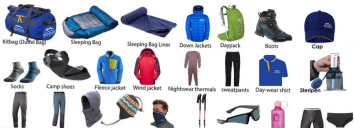
20th Oct, 2022
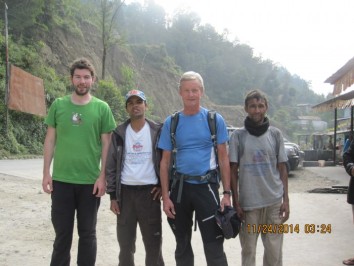
20th Oct, 2022
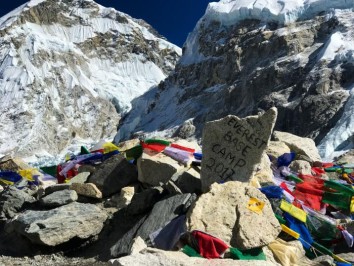
20th Sep, 2020
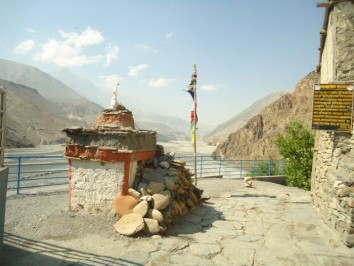
1st Sep, 2020

13th Nov, 2022

13th Nov, 2022
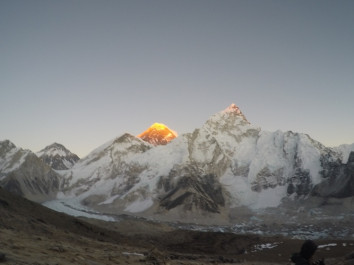
12th Sep, 2017
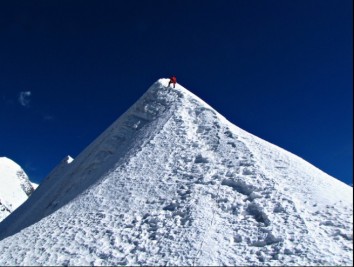
23rd Sep, 2015
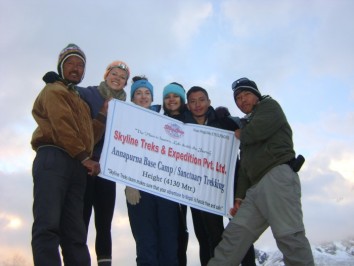
14th Aug, 2016
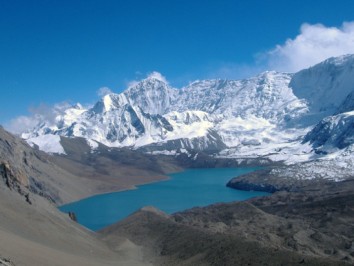
12th Aug, 2016
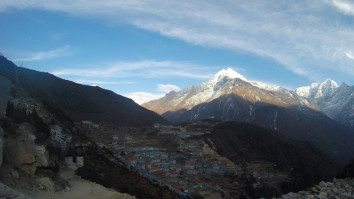
5th Apr, 2017
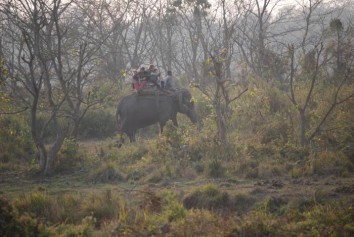
15th Jan, 2017
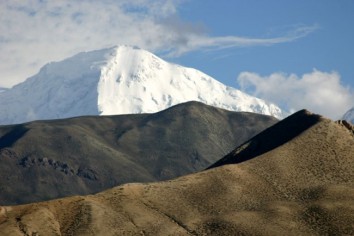
9th Jun, 2016
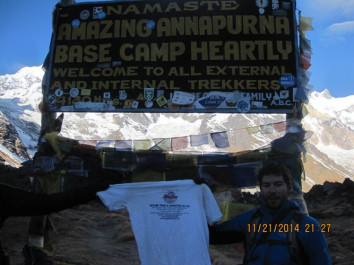
6th Jun, 2017
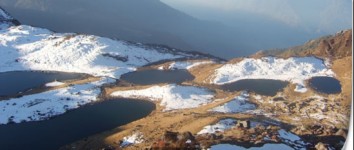
14th Sep, 2015
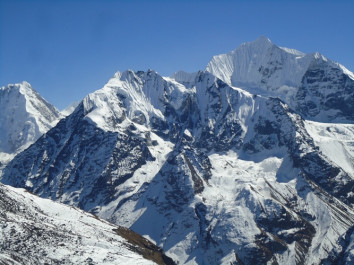
11th Aug, 2016
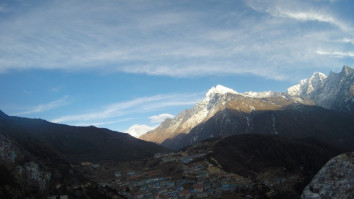
10th Apr, 2017
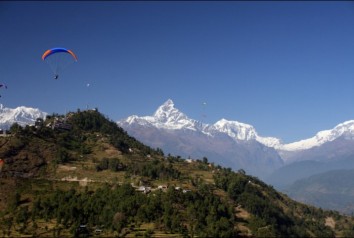
4th Oct, 2015
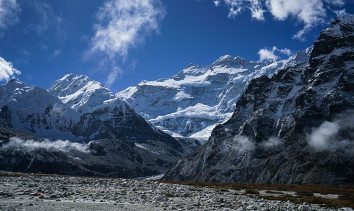
1st Oct, 2015
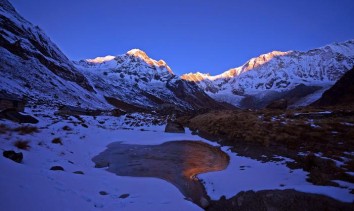
15th Jan, 2018

4th Sep, 2017
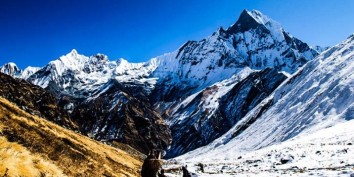
16th Jun, 2017
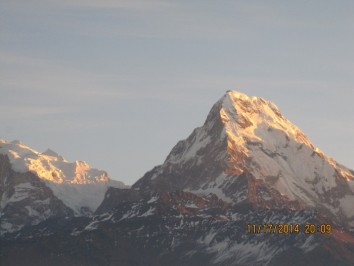
2nd Dec, 2017
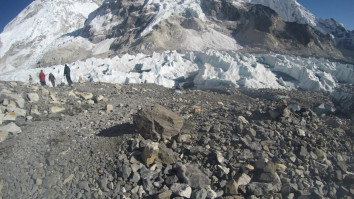
12th Oct, 2015
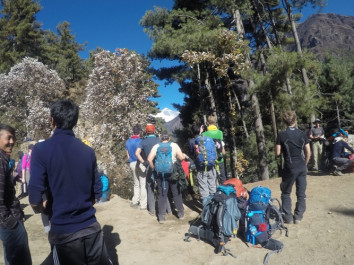
30th Jun, 2016
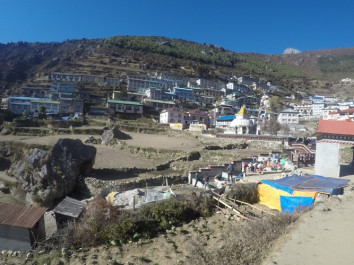
13th Apr, 2017
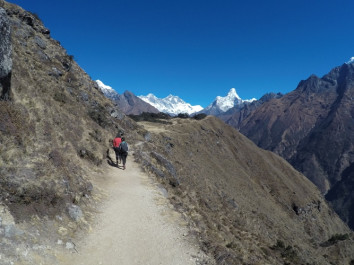
7th Jun, 2016
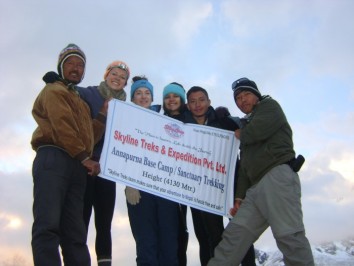
22nd Aug, 2017
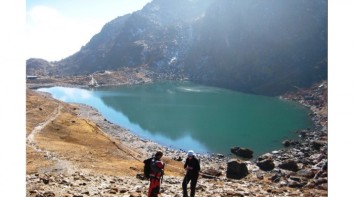
10th Sep, 2015
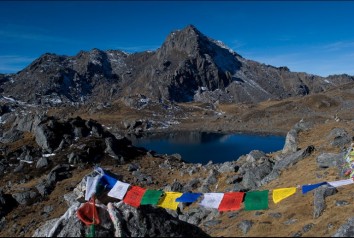
28th Aug, 2015
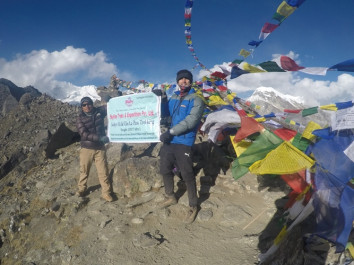
4th Jul, 2016
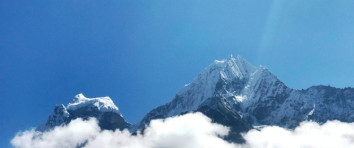
7th Oct, 2015
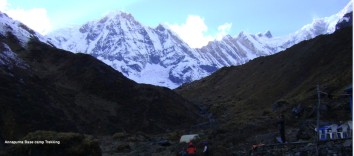
6th Dec, 2017
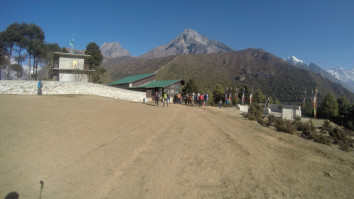
10th Jun, 2016
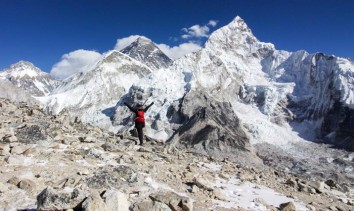
8th Jan, 2018
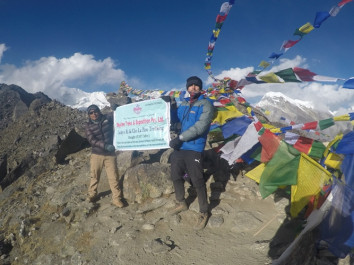
8th Jun, 2016
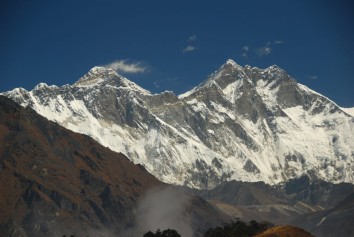
31st Aug, 2017
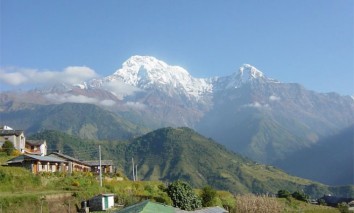
19th Sep, 2017
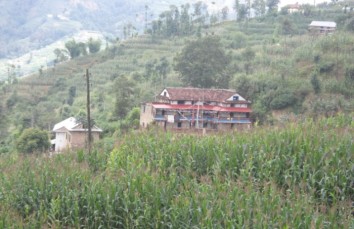
18th Aug, 2015
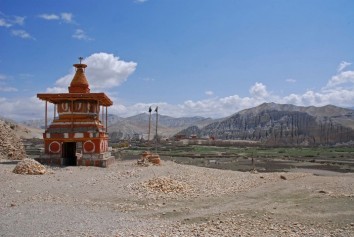
7th Aug, 2018
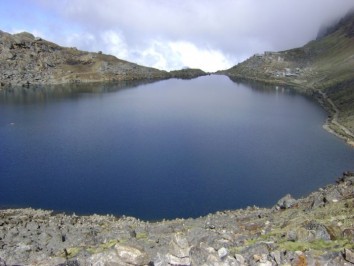
12th Sep, 2017

6th Mar, 2020
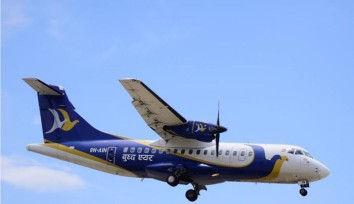
19th Sep, 2017
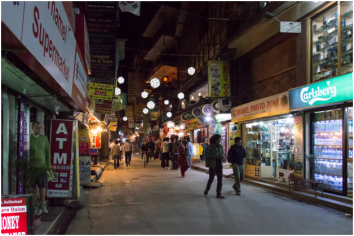
16th Feb, 2020

13th Dec, 2017

17th Jun, 2016
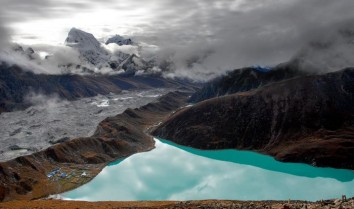
8th Dec, 2017
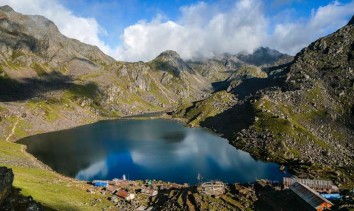
28th Jun, 2017
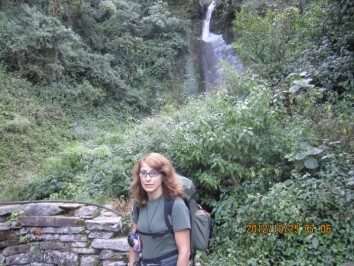
14th Oct, 2015
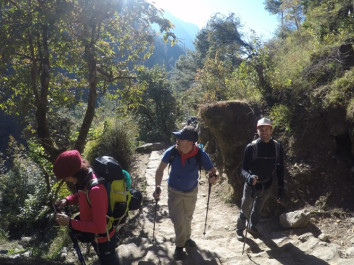
11th Jul, 2016
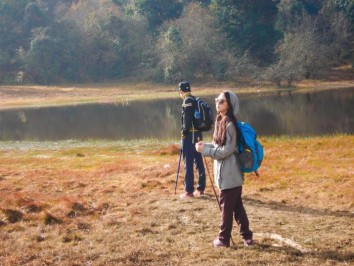
21st Jun, 2017
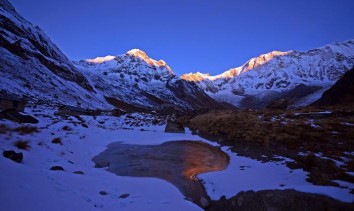
11th Jul, 2020
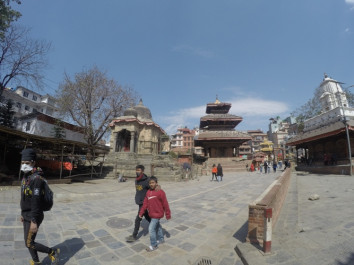
16th Aug, 2015
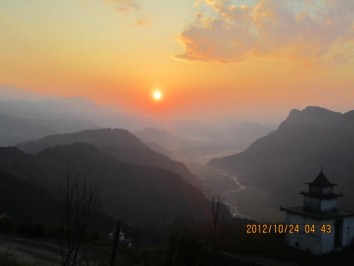
21st Sep, 2015
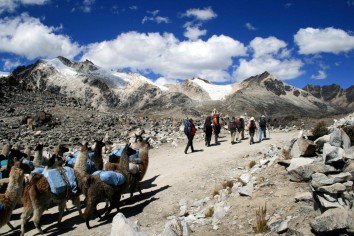
5th Mar, 2020
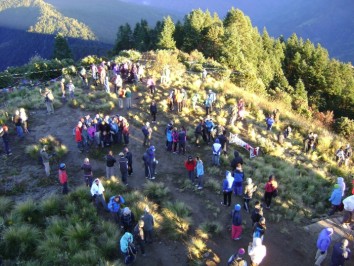
12th Jun, 2017
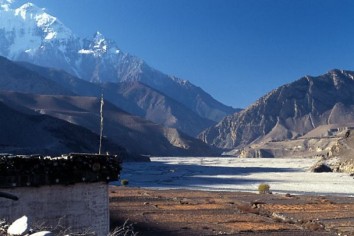
3rd Aug, 2018
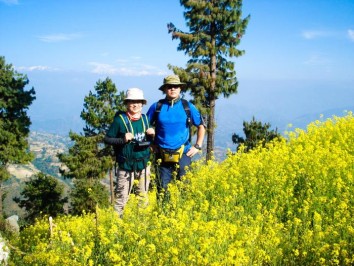
3rd Sep, 2015
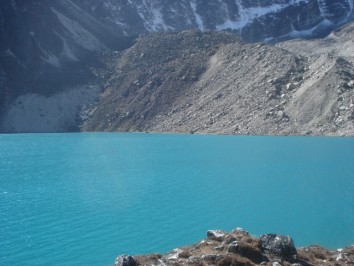
25th Jun, 2017
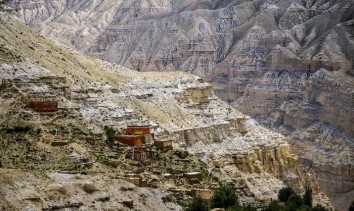
2nd Sep, 2020
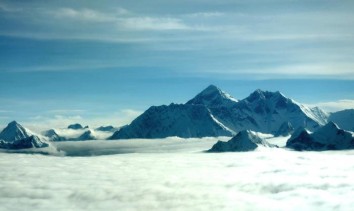
3rd Jul, 2016
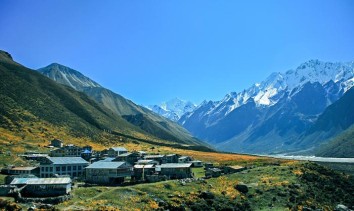
24th Jun, 2016
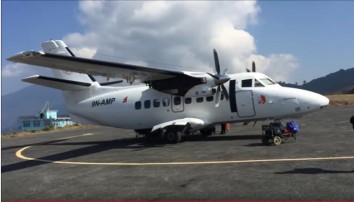
11th Aug, 2017
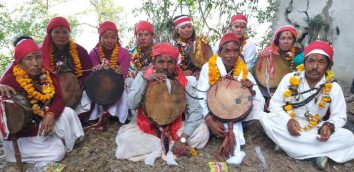
12th Jun, 2016
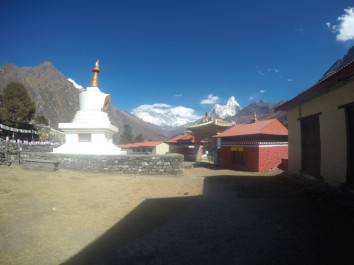
11th Sep, 2015
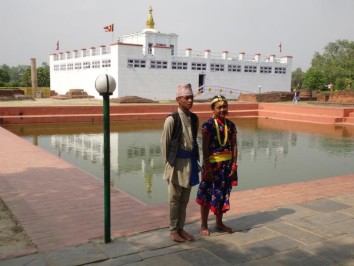
6th Aug, 2017
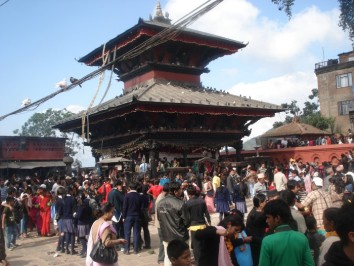
3rd Aug, 2017
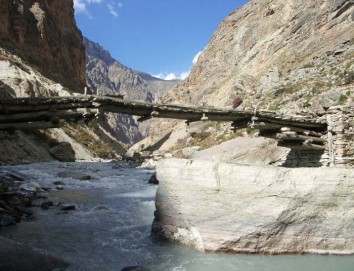
26th Jun, 2016
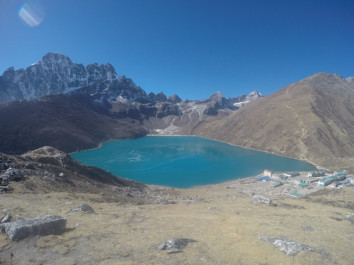
6th Jun, 2016
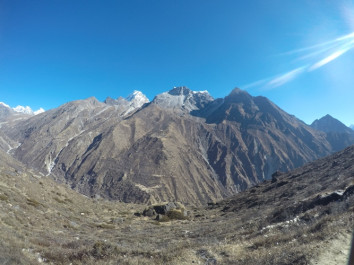
30th Aug, 2015
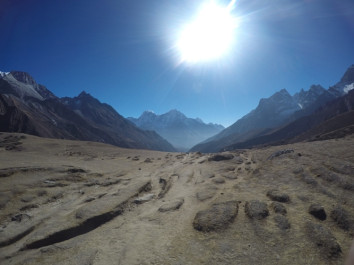
7th Sep, 2015
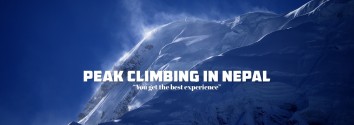
26th Aug, 2015
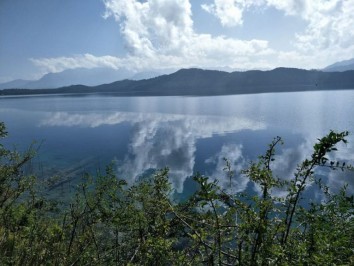
5th Sep, 2015
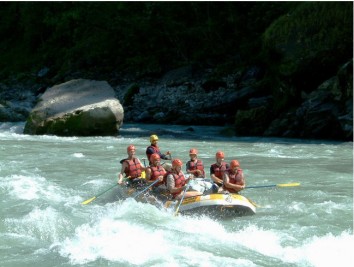
16th Sep, 2015
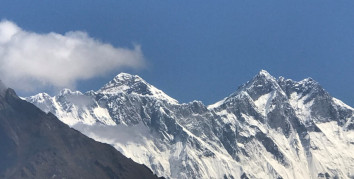
20th Sep, 2015
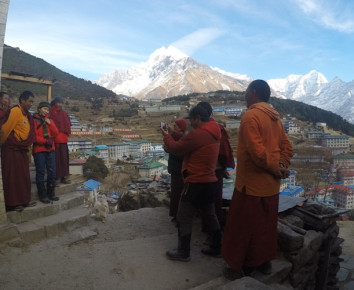
16th Jun, 2016
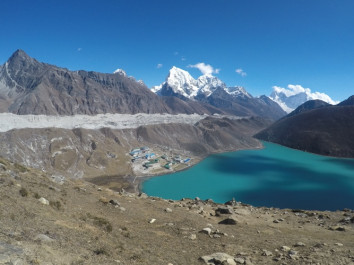
15th Dec, 2016
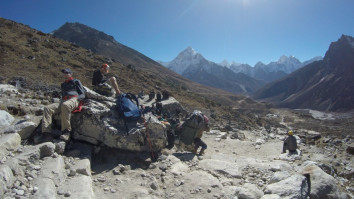
6th Jul, 2016
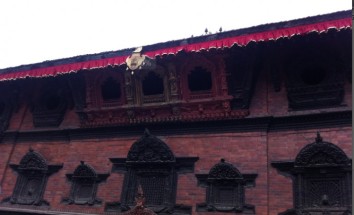
22nd Mar, 2020
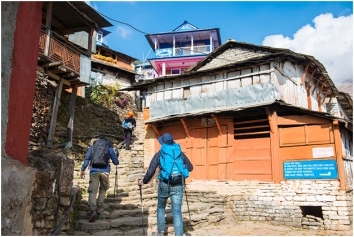
10th Mar, 2020
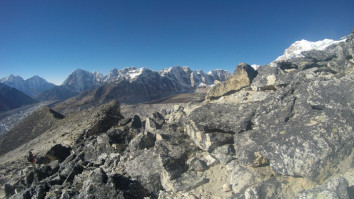
5th Aug, 2016
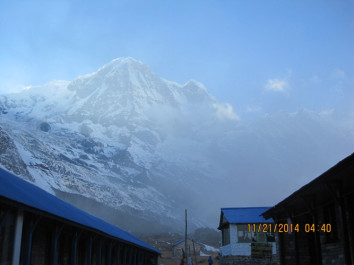
23rd Sep, 2016
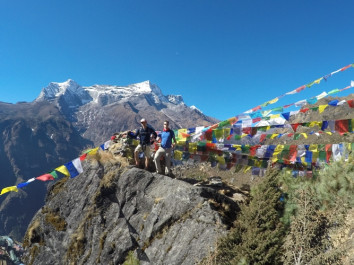
1st Sep, 2015
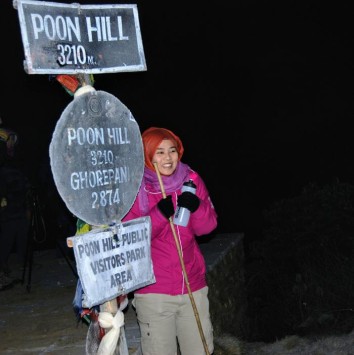
13th Dec, 2017
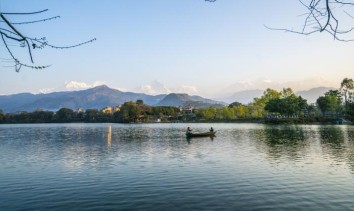
20th Jul, 2017
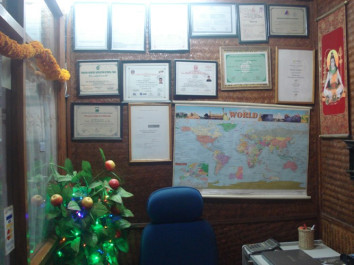
12th Aug, 2015
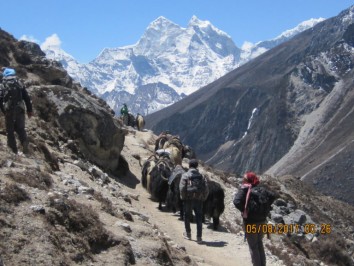
17th Nov, 2017
24th Aug, 2015
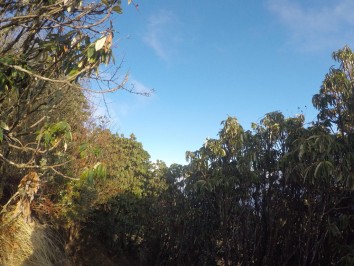
18th Sep, 2017
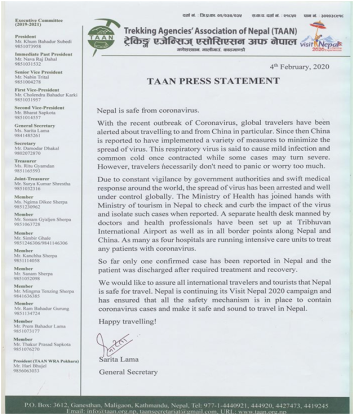
23rd Feb, 2020
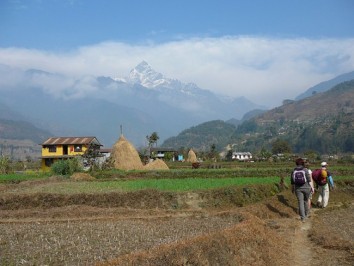
14th Jun, 2017
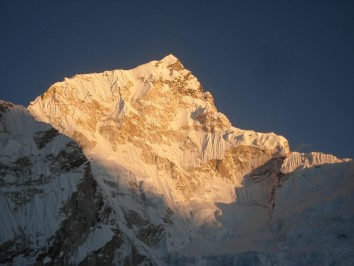
26th Jun, 2017
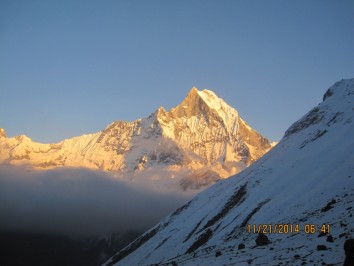
19th Aug, 2015
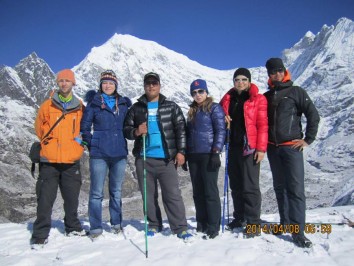
7th Apr, 2017
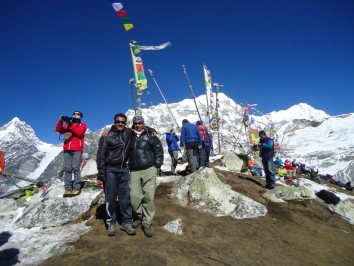
1st Jul, 2016
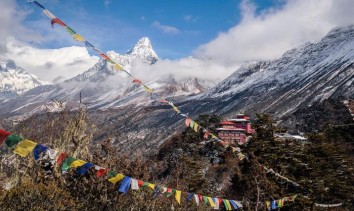
20th Sep, 2016

5th Jul, 2016
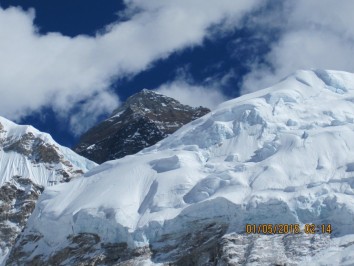
10th Jul, 2016
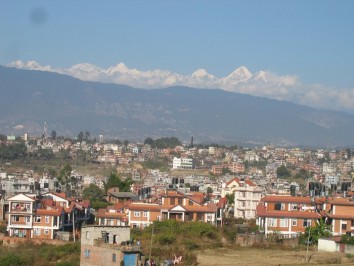
12th Mar, 2020
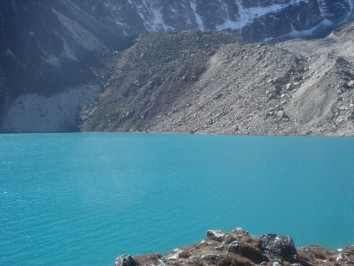
30th Jun, 2017
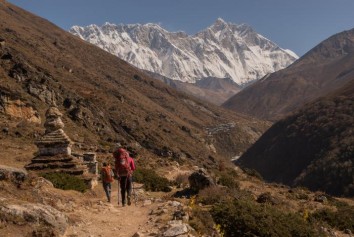
30th Aug, 2018

23rd Jul, 2017
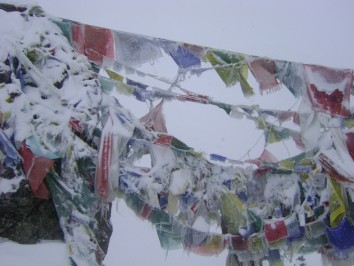
12th Jan, 2017
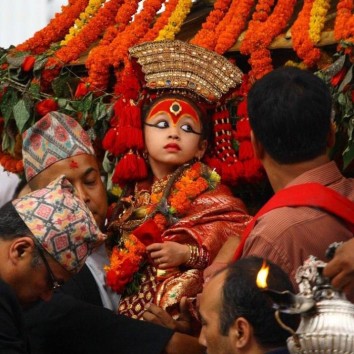
23rd Jul, 2017
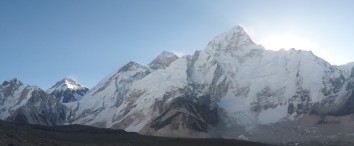
11th Aug, 2017

2nd Jul, 2017
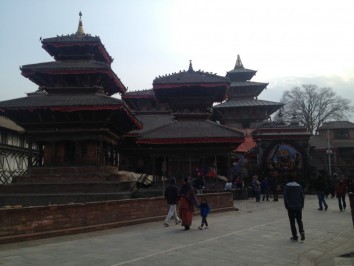
4th Sep, 2018
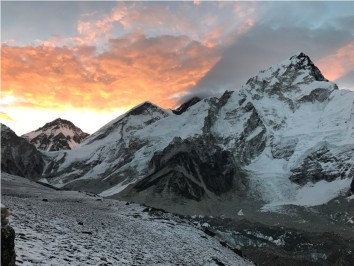
11th Aug, 2017
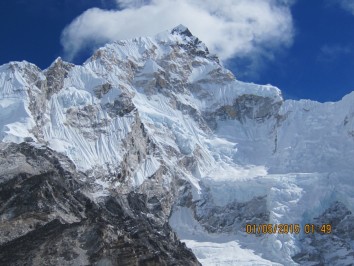
27th Jun, 2016
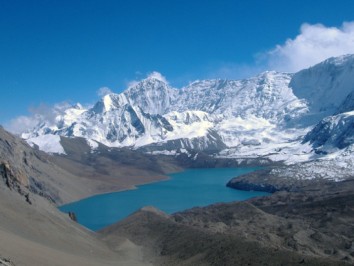
2nd Apr, 2017
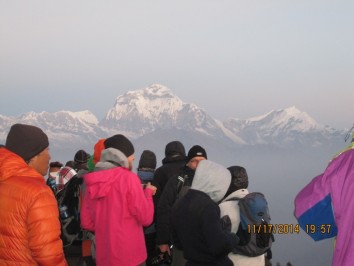
28th Jun, 2016
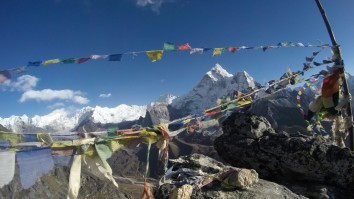
23rd Jun, 2016
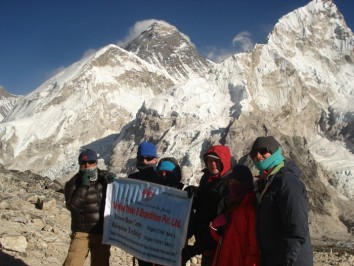
21st Sep, 2018
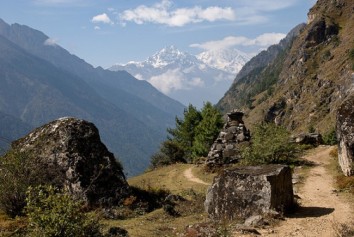
25th Sep, 2015

15th Sep, 2017
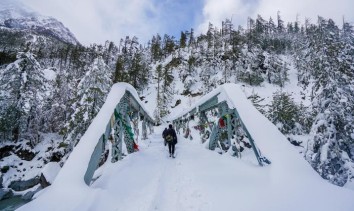
21st Jun, 2016
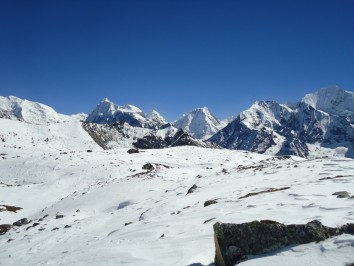
21st Aug, 2015
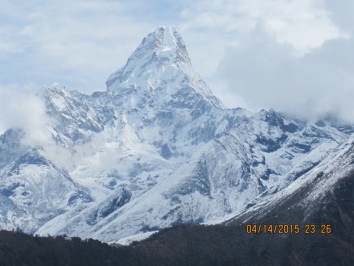
8th Jul, 2016
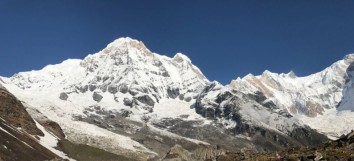
1st Jan, 2018

28th Sep, 2015
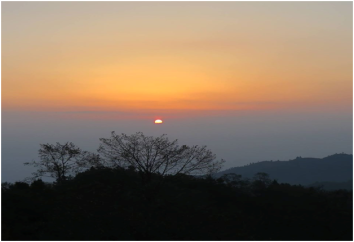
5th Mar, 2020
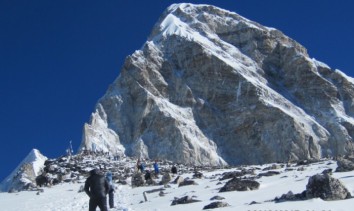
12th Sep, 2017
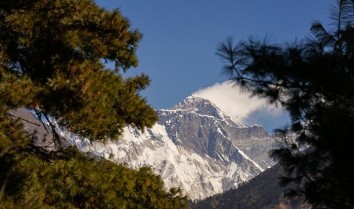
12th Sep, 2020

22nd Aug, 2017
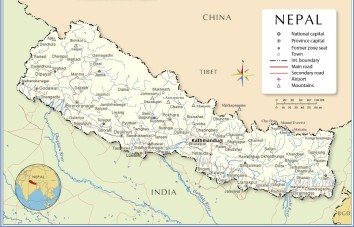
18th Aug, 2017
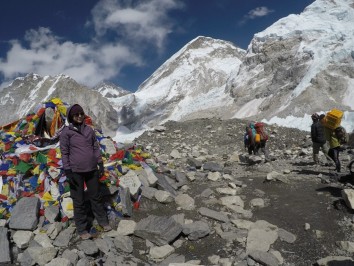
27th Sep, 2016
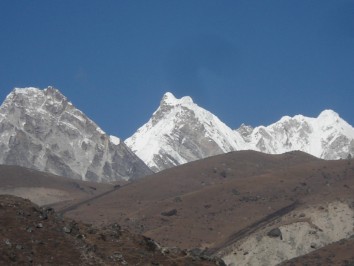
13th Jan, 2016
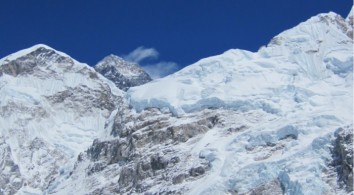
18th Aug, 2017

23rd Feb, 2020

6th May, 2018

31st Aug, 2017
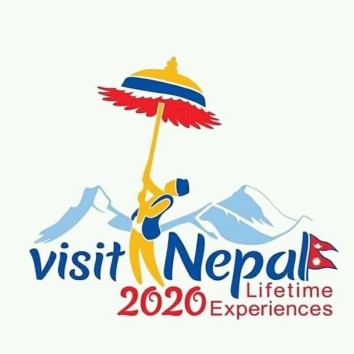
17th Feb, 2020
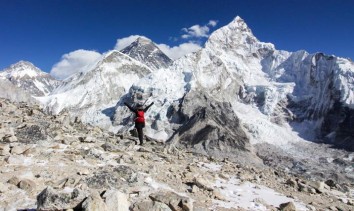
23rd Oct, 2017
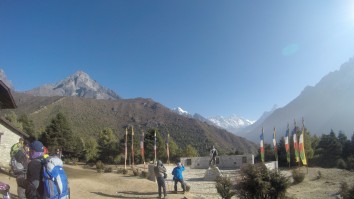
2nd Jul, 2016

9th Aug, 2016
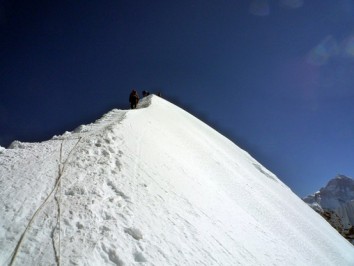
23rd Nov, 2022
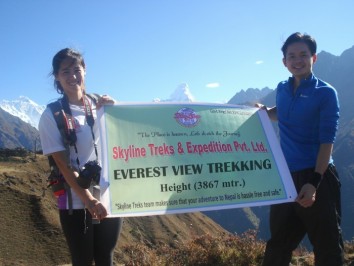
23rd Nov, 2022
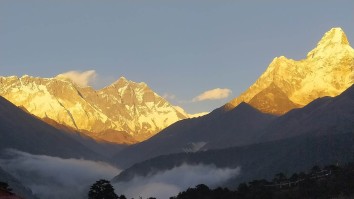
18th Dec, 2022
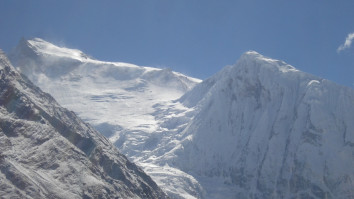
11th Mar, 2023
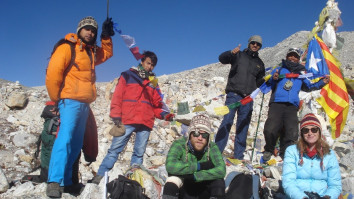
11th Mar, 2023
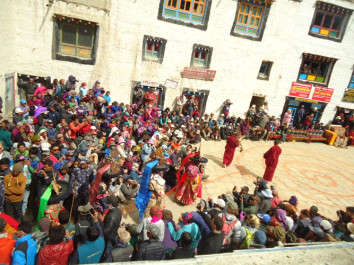
13th Mar, 2023
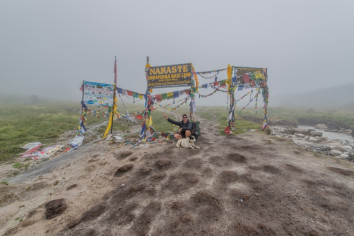
14th Mar, 2023
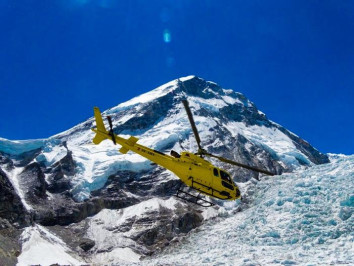
15th Mar, 2023
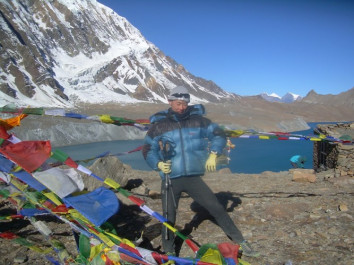
16th Mar, 2023
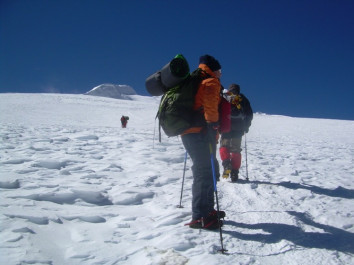
17th Mar, 2023
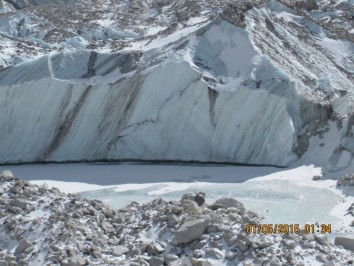
18th Mar, 2023
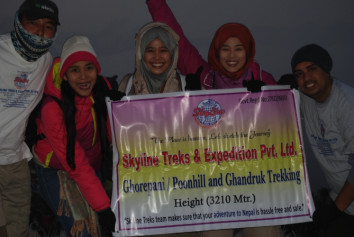
19th Mar, 2023
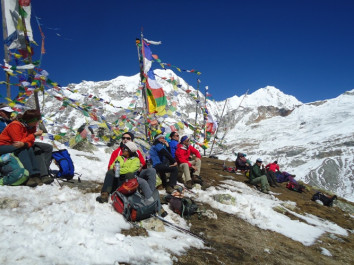
20th Mar, 2023
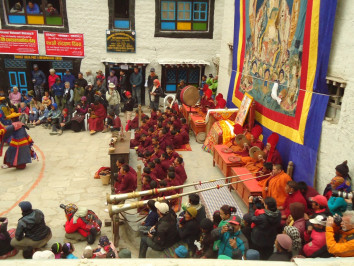
23rd Mar, 2023
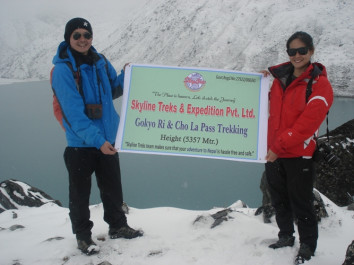
26th Mar, 2023
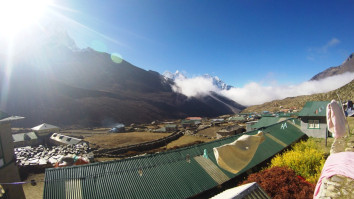
3rd Apr, 2023
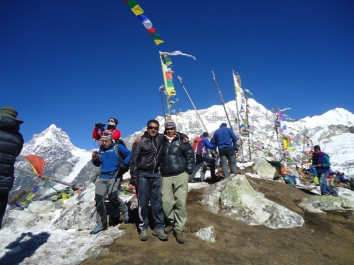
11th Apr, 2023
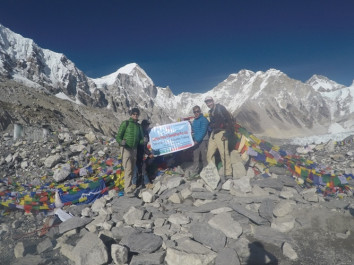
11th May, 2023
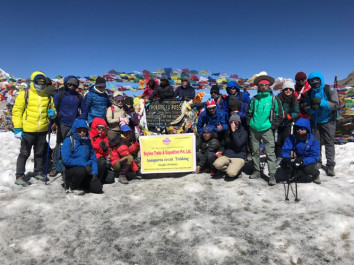
27th May, 2023
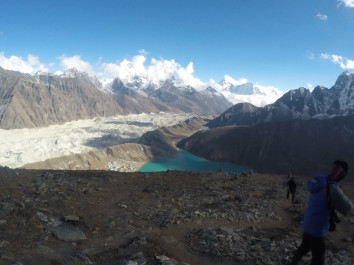
30th May, 2023
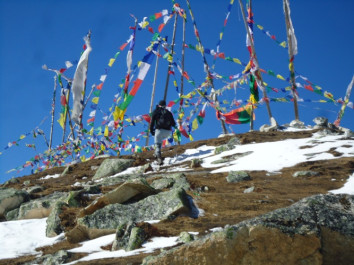
1st Jun, 2023
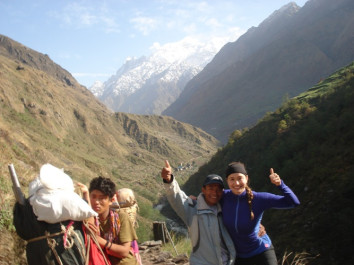
3rd Jun, 2023
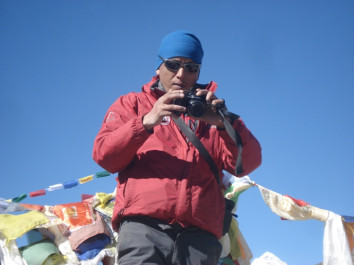
4th Jun, 2023
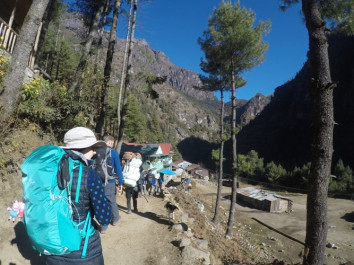
6th Jun, 2023
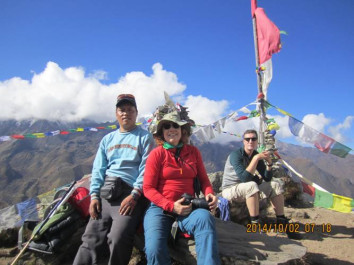
14th Jun, 2023
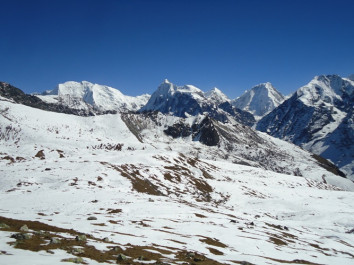
16th Jun, 2023
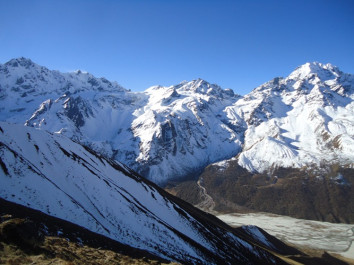
18th Jun, 2023
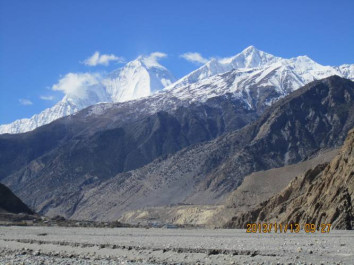
24th Jun, 2023
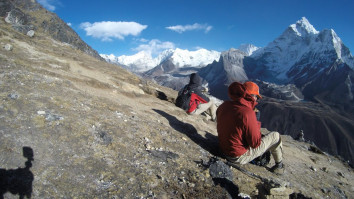
29th Jun, 2023
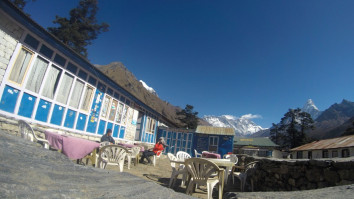
2nd Jul, 2023
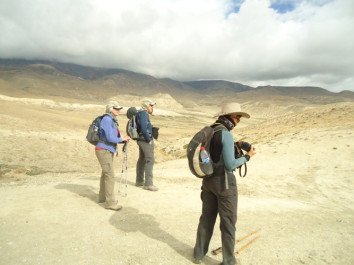
4th Jul, 2023
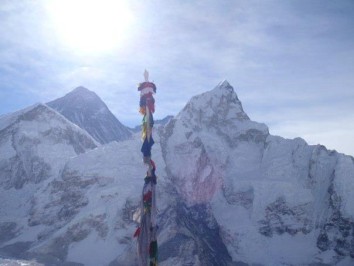
8th Jul, 2023
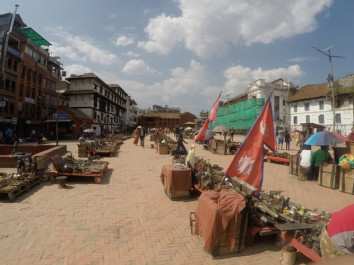
25th Jul, 2023
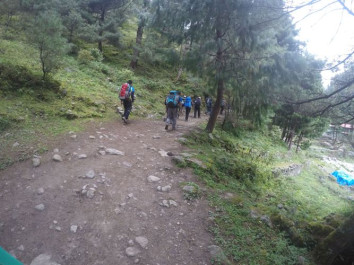
5th Aug, 2023
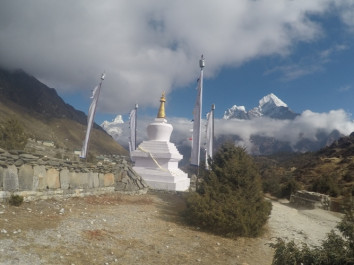
6th Aug, 2023
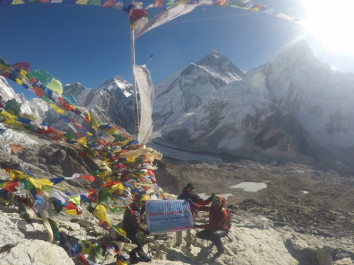
7th Aug, 2023
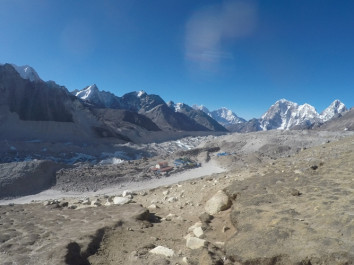
10th Aug, 2023
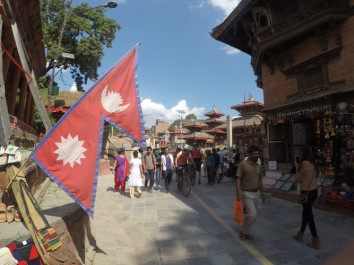
11th Aug, 2023
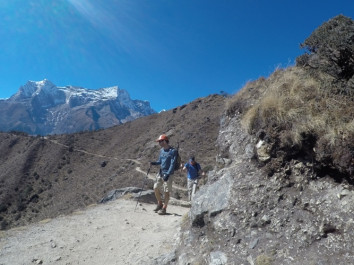
12th Aug, 2023
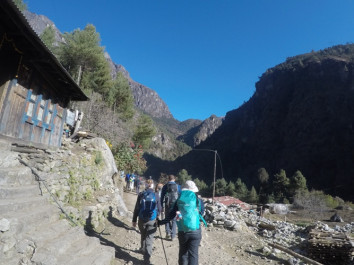
13th Aug, 2023
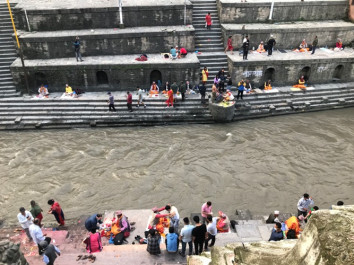
22nd Aug, 2023
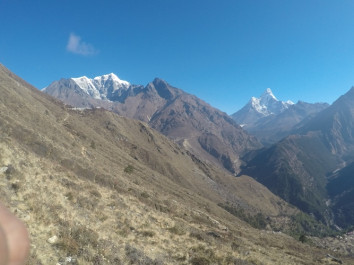
23rd Aug, 2023

24th Aug, 2023
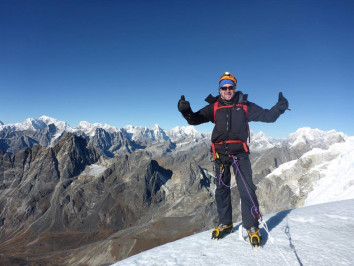
26th Aug, 2023
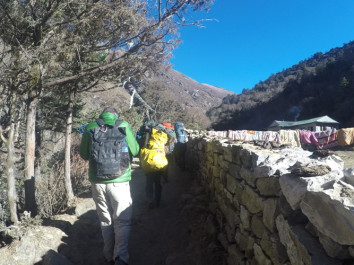
27th Aug, 2023
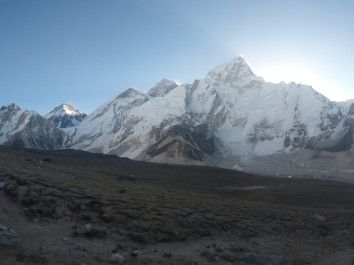
31st Aug, 2023
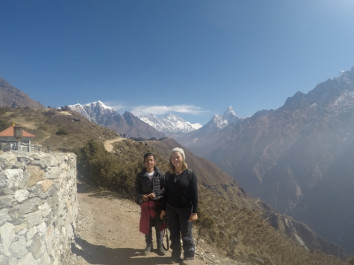
3rd Sep, 2023
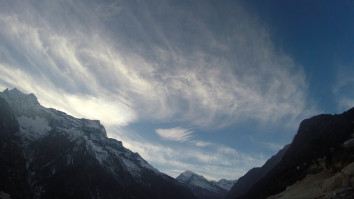
8th Sep, 2023
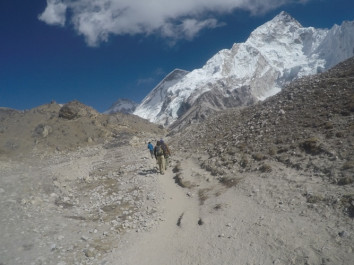
12th Sep, 2023
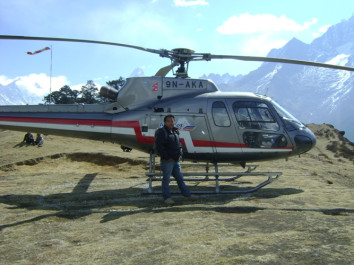
20th Sep, 2023
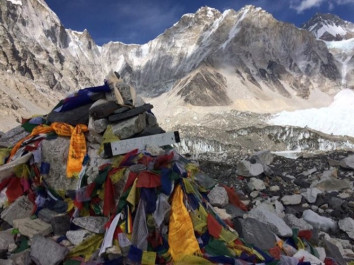
21st Sep, 2023
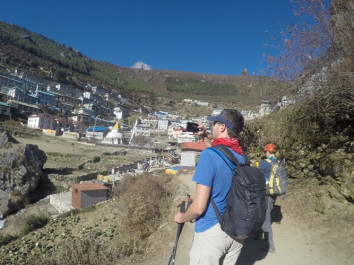
22nd Sep, 2023
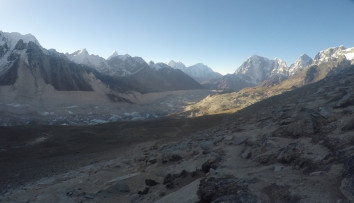
23rd Sep, 2023
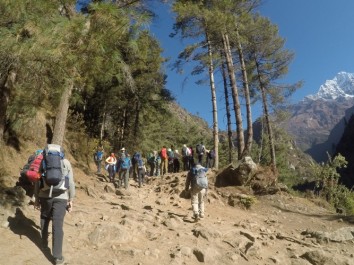
30th Sep, 2023
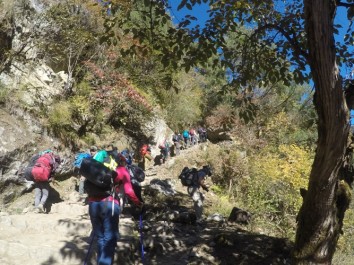
1st Oct, 2023
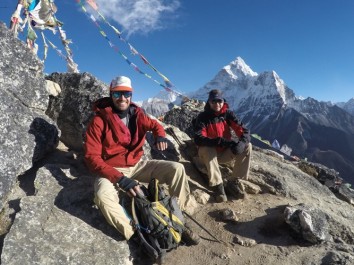
2nd Oct, 2023
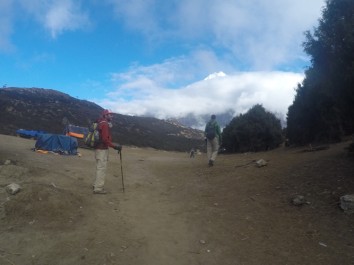
6th Oct, 2023
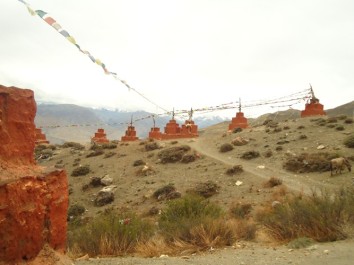
10th Oct, 2023
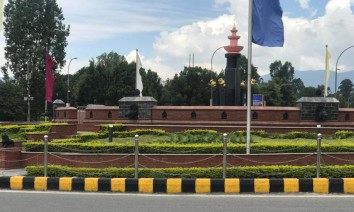
11th Oct, 2023
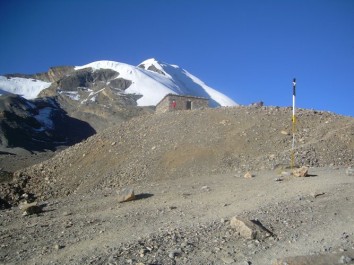
15th Oct, 2023
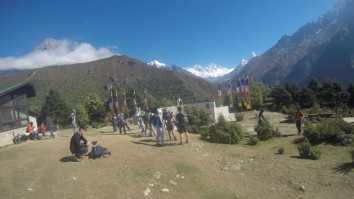
16th Oct, 2023
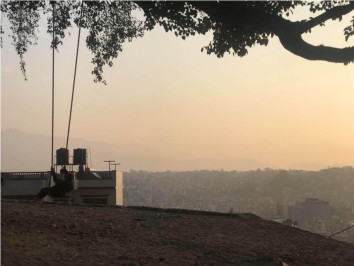
17th Oct, 2023
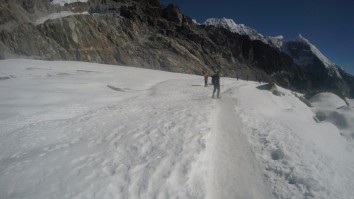
18th Oct, 2023
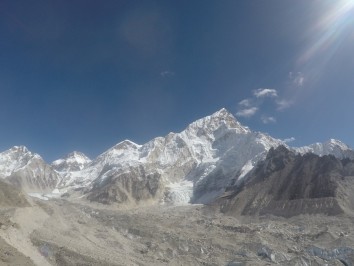
21st Oct, 2023
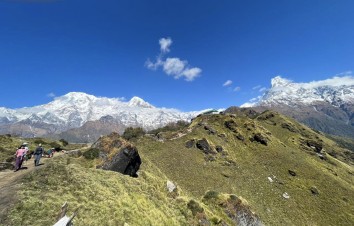
28th Oct, 2023
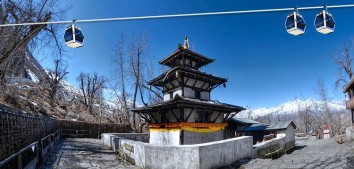
30th Oct, 2023
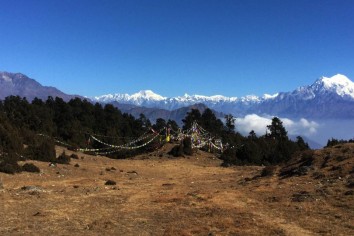
1st Nov, 2023
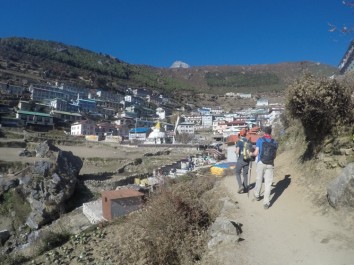
3rd Nov, 2023
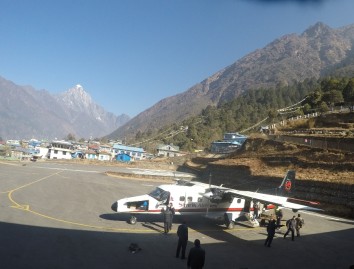
10th Nov, 2023
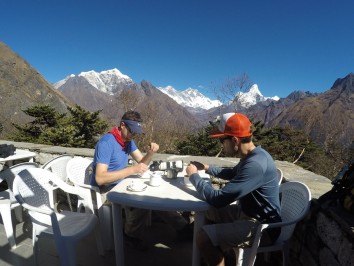
12th Nov, 2023
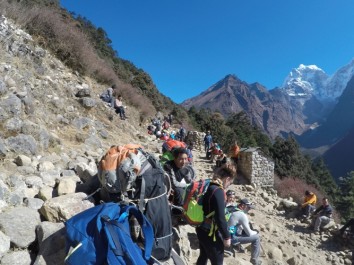
27th Nov, 2023
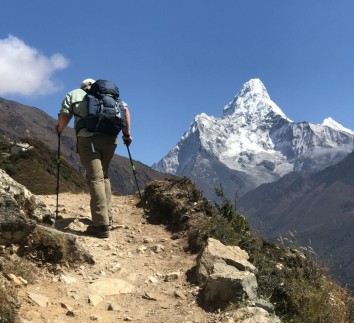
30th Nov, 2023
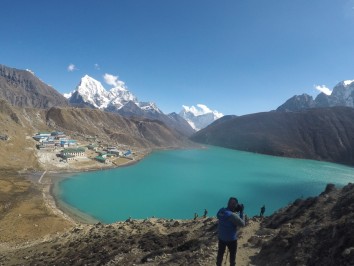
6th Dec, 2023
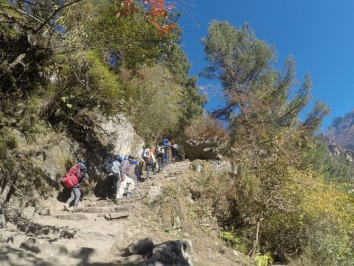
7th Dec, 2023
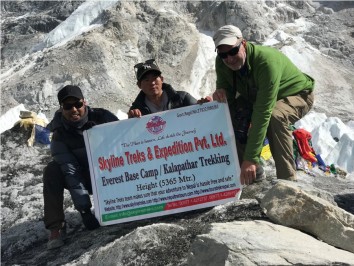
8th Dec, 2023
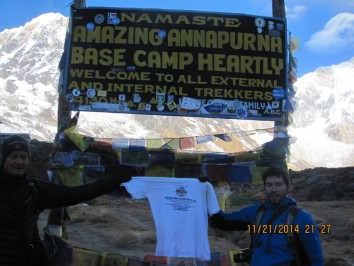
9th Dec, 2023
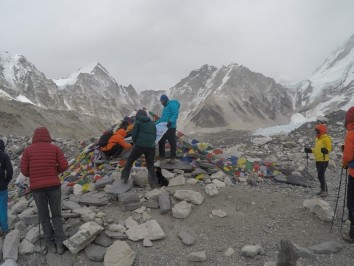
10th Dec, 2023
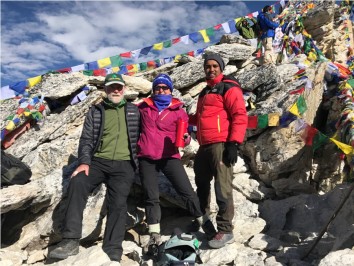
13th Dec, 2023
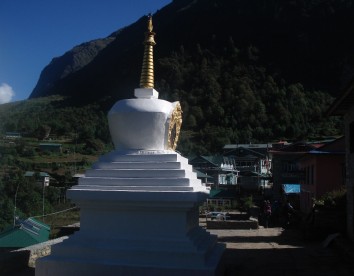
15th Dec, 2023
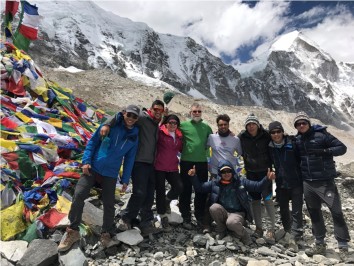
25th Dec, 2023
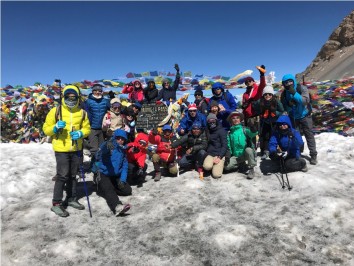
7th Jan, 2024
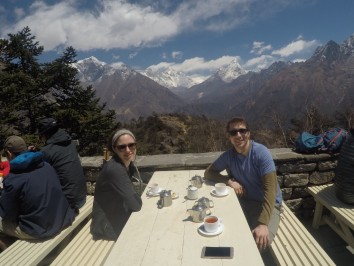
17th Jan, 2024
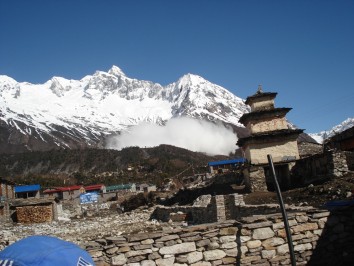
1st Feb, 2024
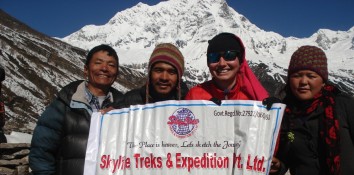
4th Feb, 2024
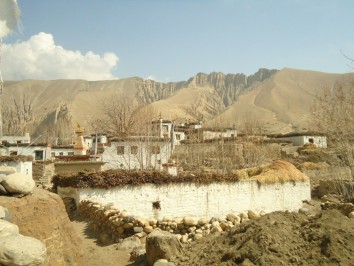
12th Feb, 2024
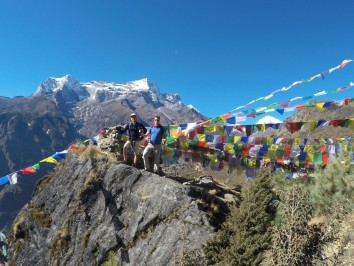
17th Feb, 2024
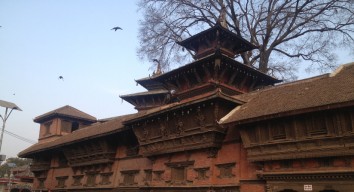
22nd Feb, 2024
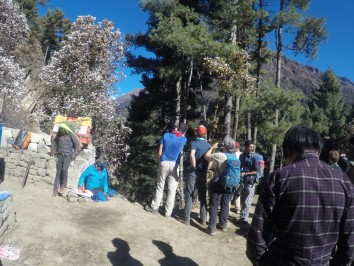
7th Mar, 2024
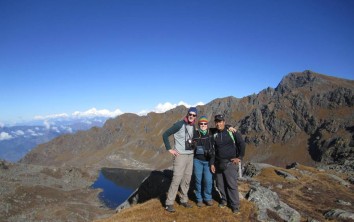
10th Mar, 2024
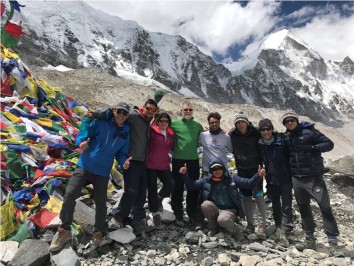
30th Mar, 2024
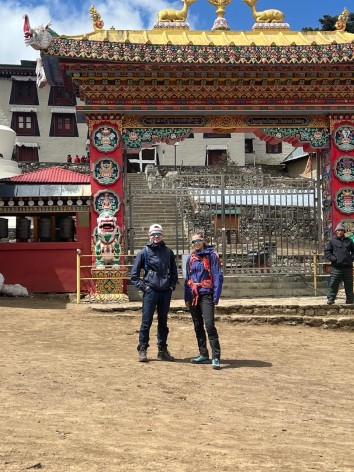
3rd Apr, 2024
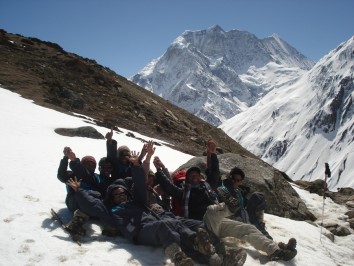
6th Apr, 2024
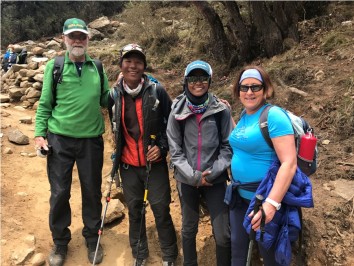
10th Apr, 2024
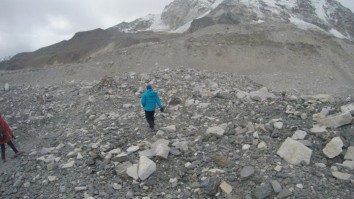
1st May, 2024
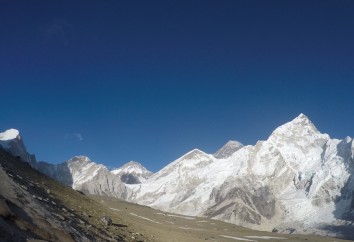
4th May, 2024
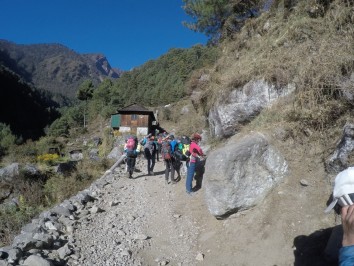
5th May, 2024
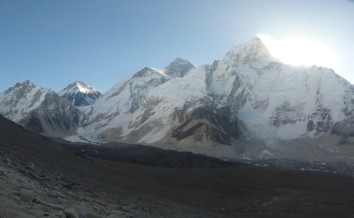
7th May, 2024
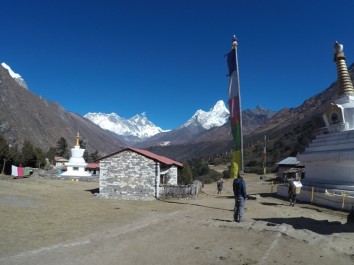
10th May, 2024
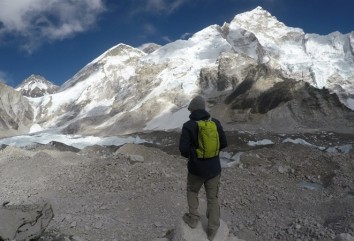
15th May, 2024
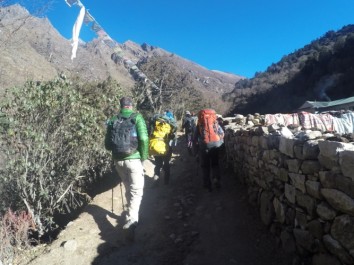
26th May, 2024
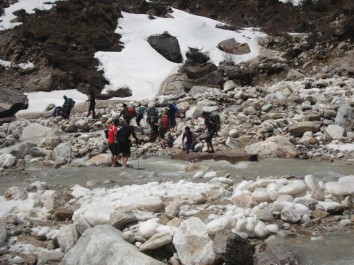
2nd Jun, 2024
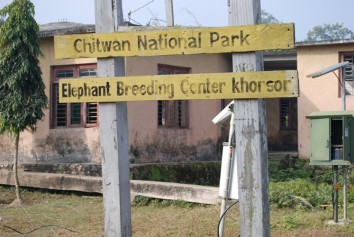
22nd Jun, 2024
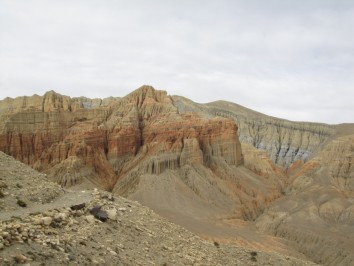
2nd Jul, 2024
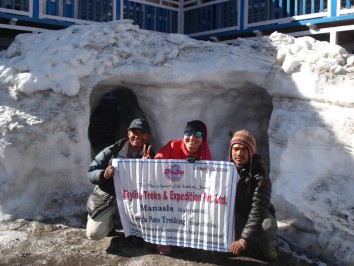
3rd Jul, 2024
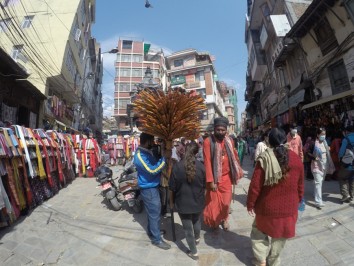
6th Jul, 2024
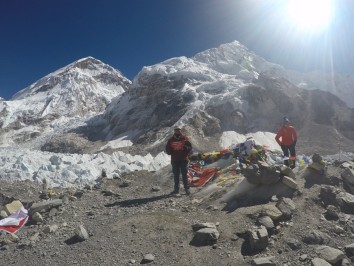
7th Jul, 2024
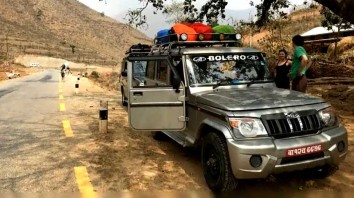
19th Jul, 2024
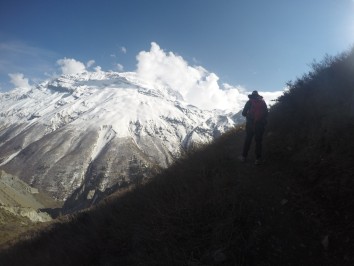
23rd Jul, 2024

28th Jul, 2024
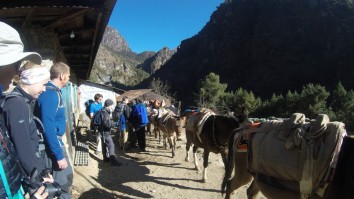
31st Jul, 2024
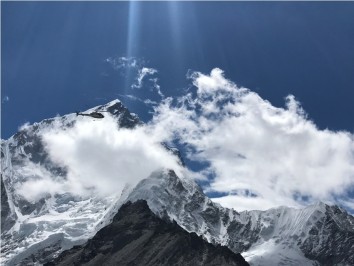
23rd Aug, 2024
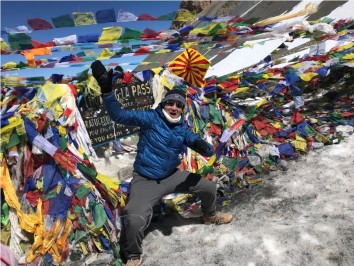
19th Oct, 2024
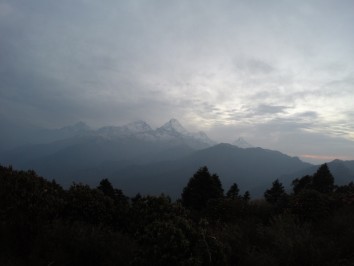
21st Oct, 2024
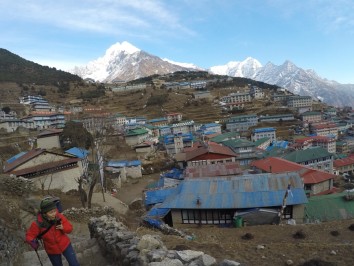
23rd Jan, 2025
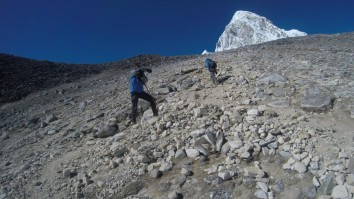
8th Feb, 2025
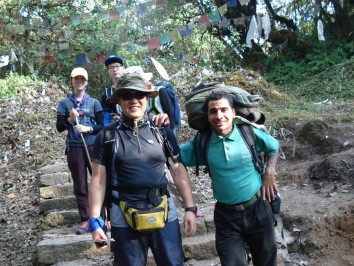
9th Mar, 2025
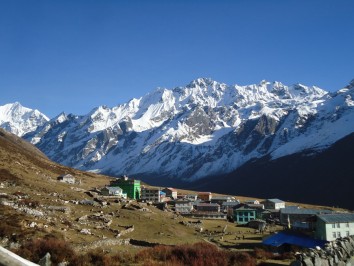
15th Mar, 2025
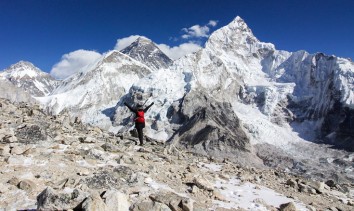
17th Mar, 2025
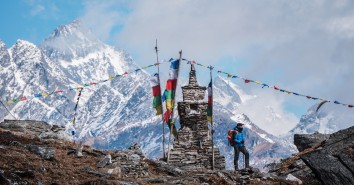
18th Mar, 2025

19th Mar, 2025
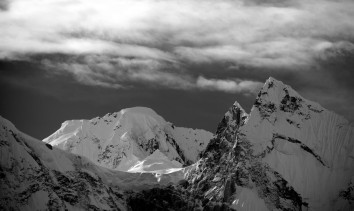
20th Mar, 2025

23rd Mar, 2025
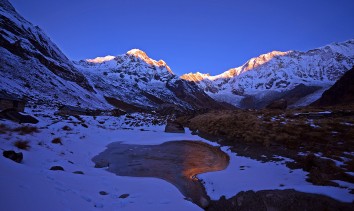
6th Apr, 2025
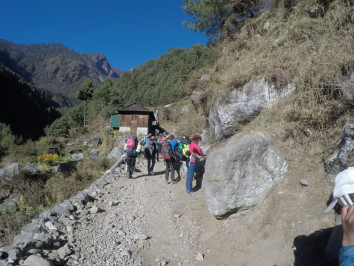
6th Apr, 2025
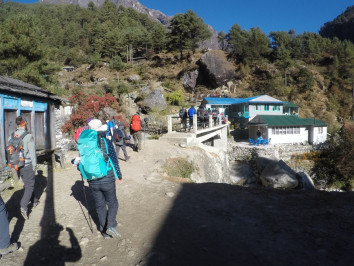
6th Apr, 2025
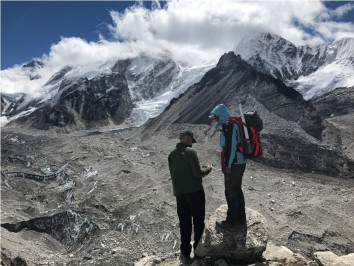
9th Apr, 2025
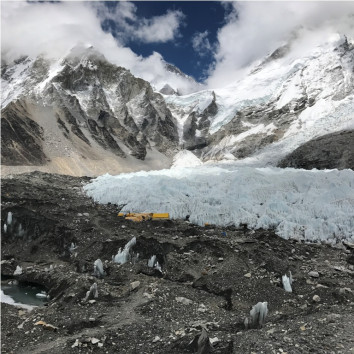
9th Apr, 2025
